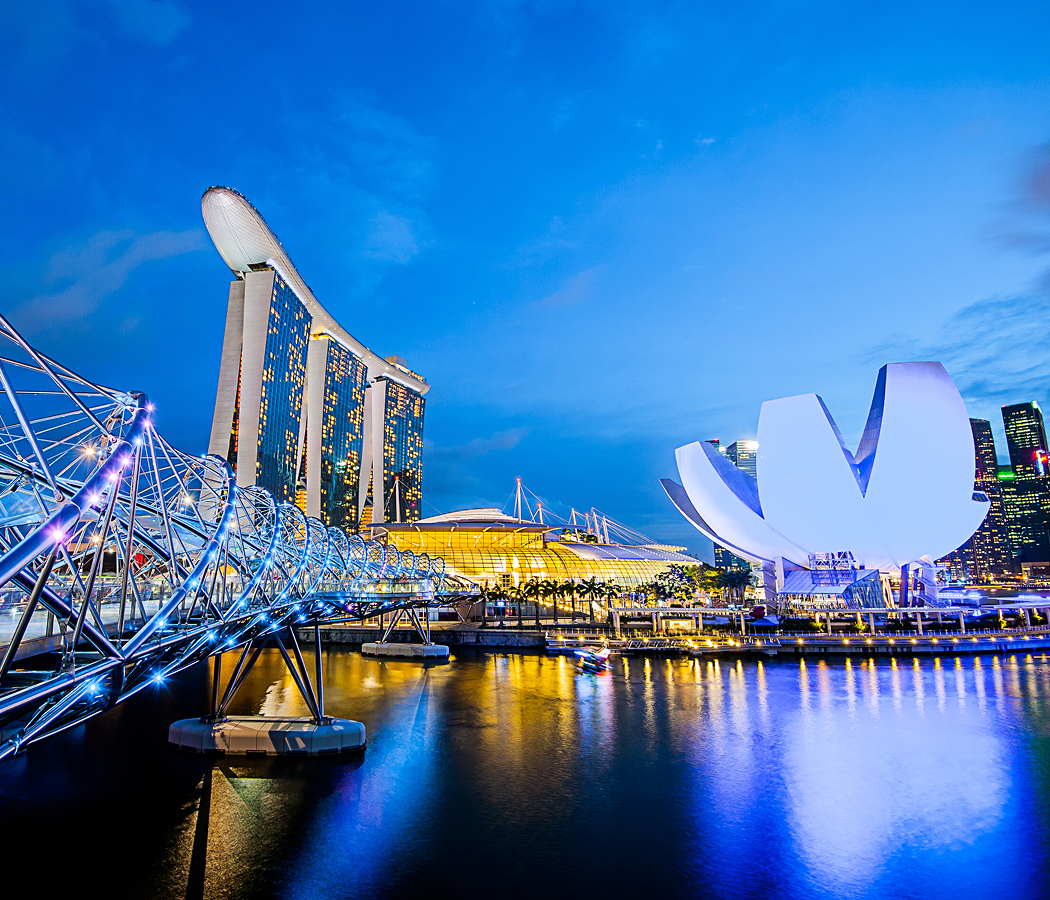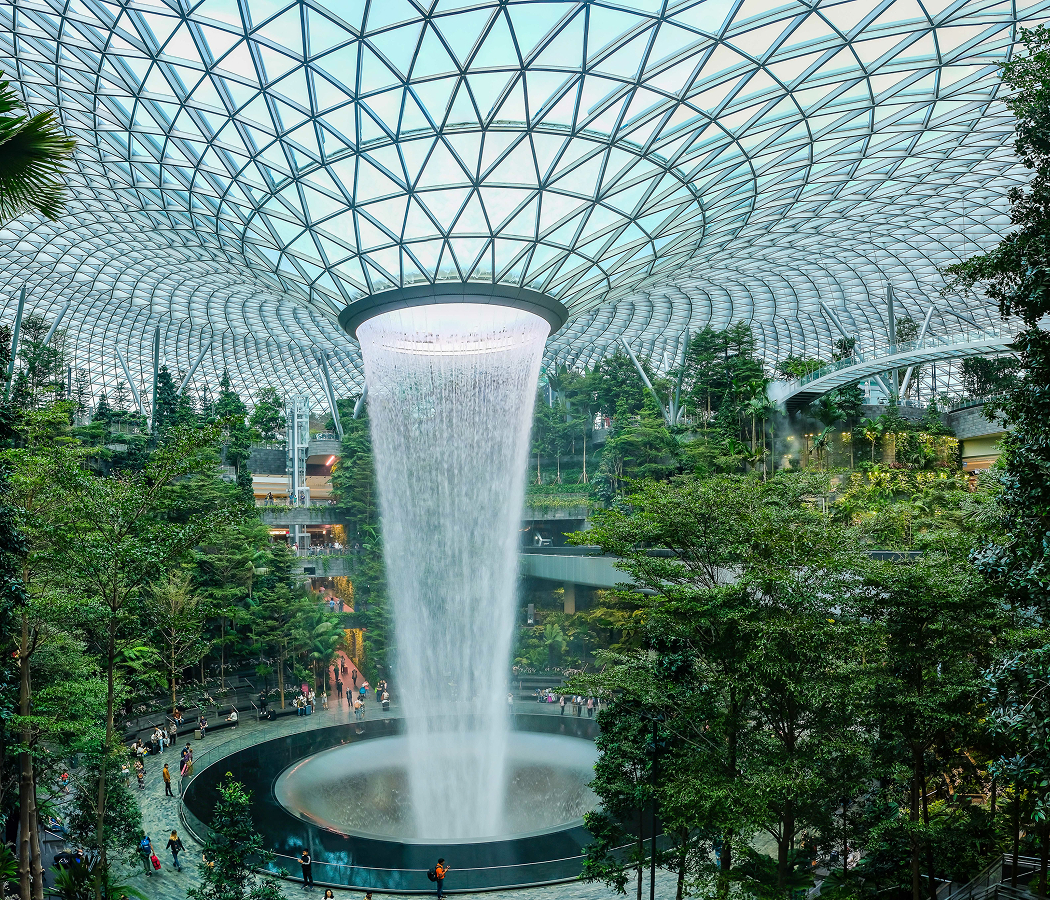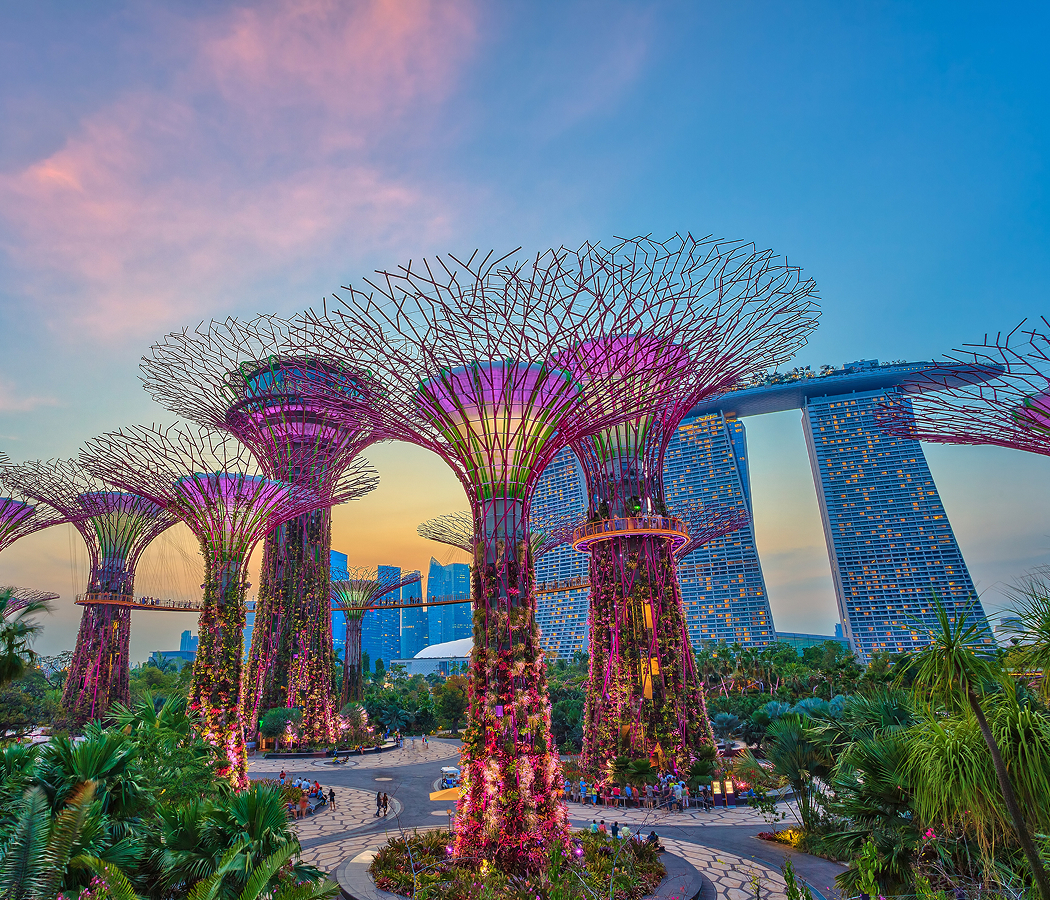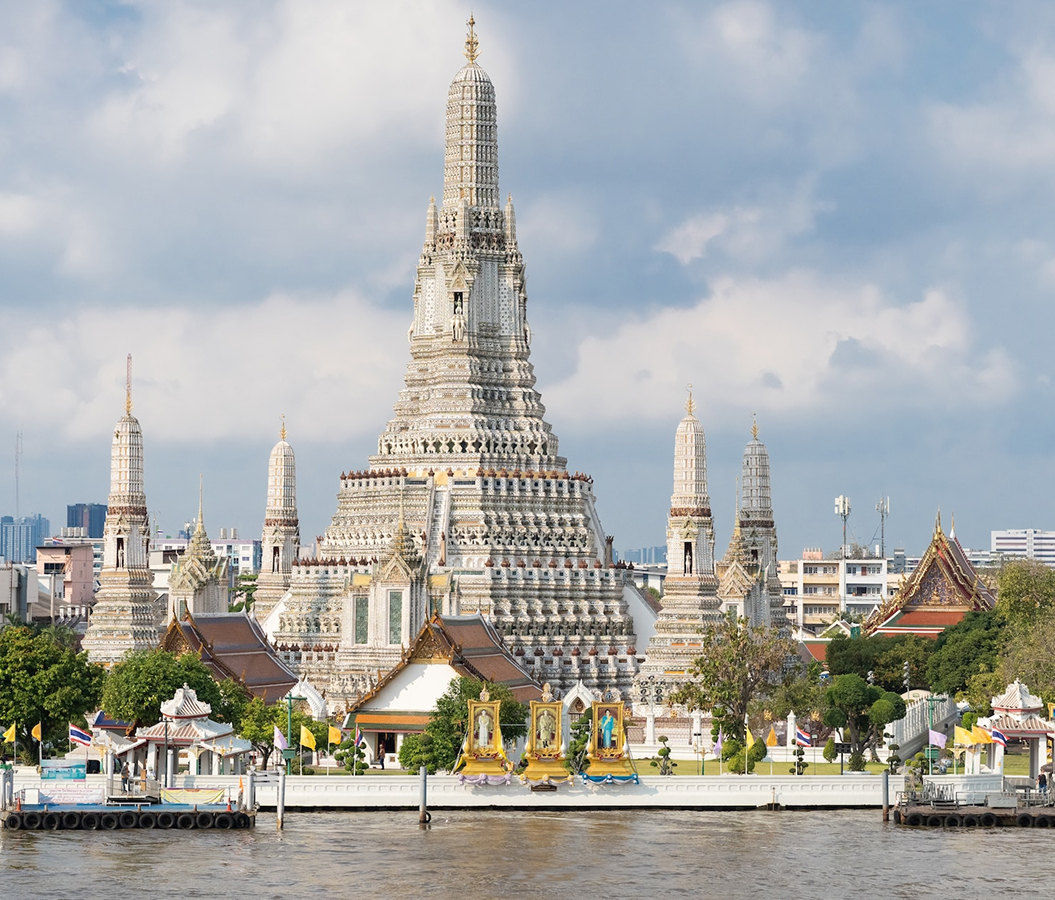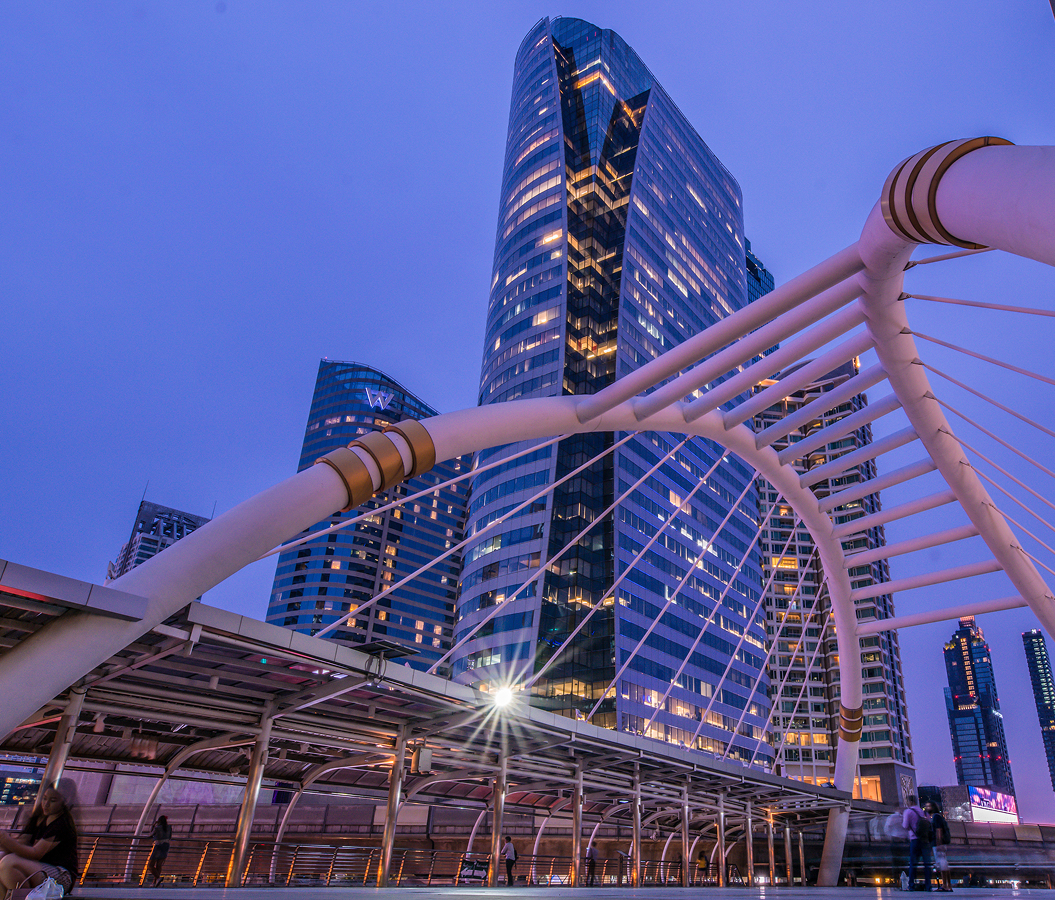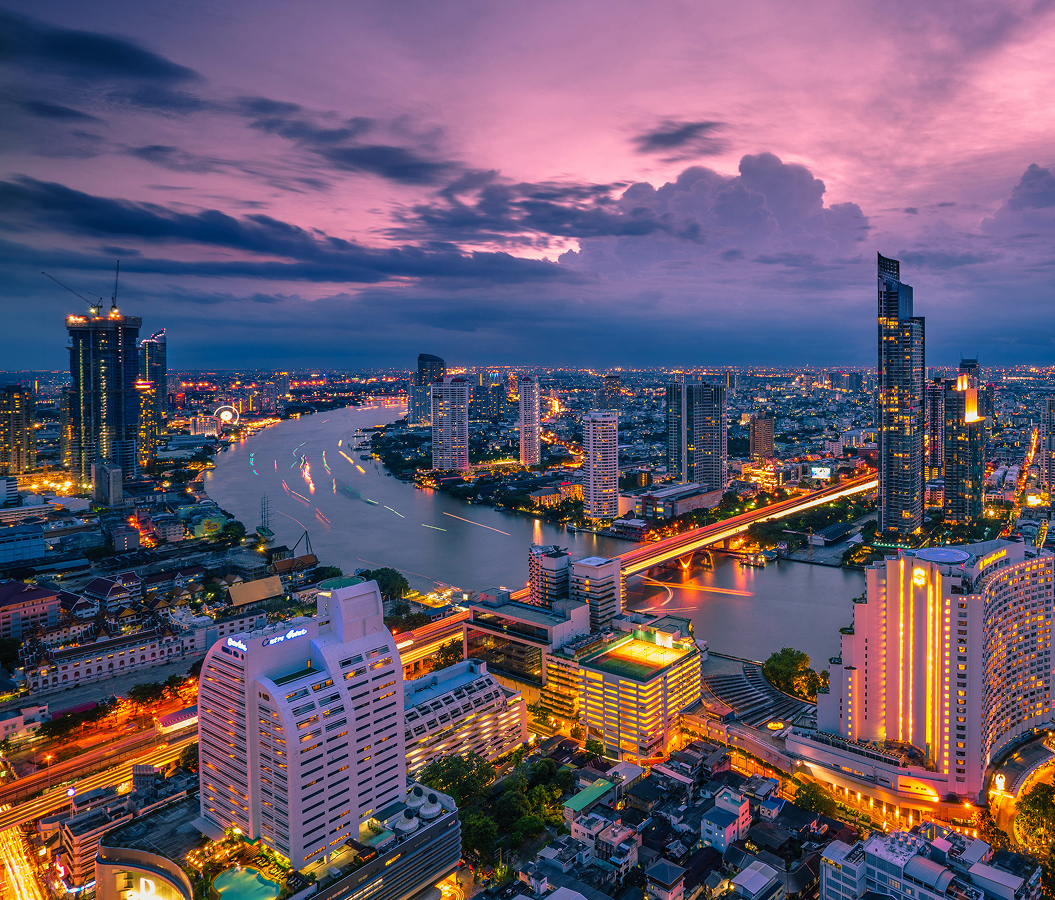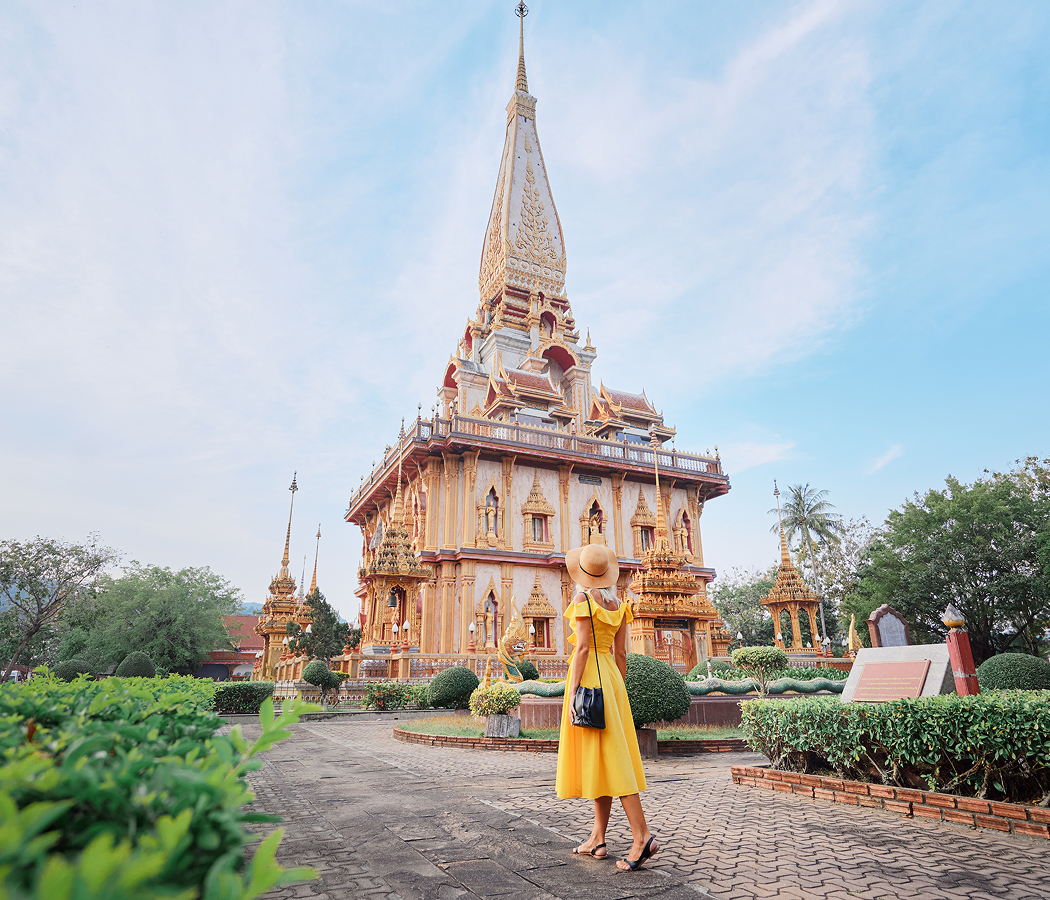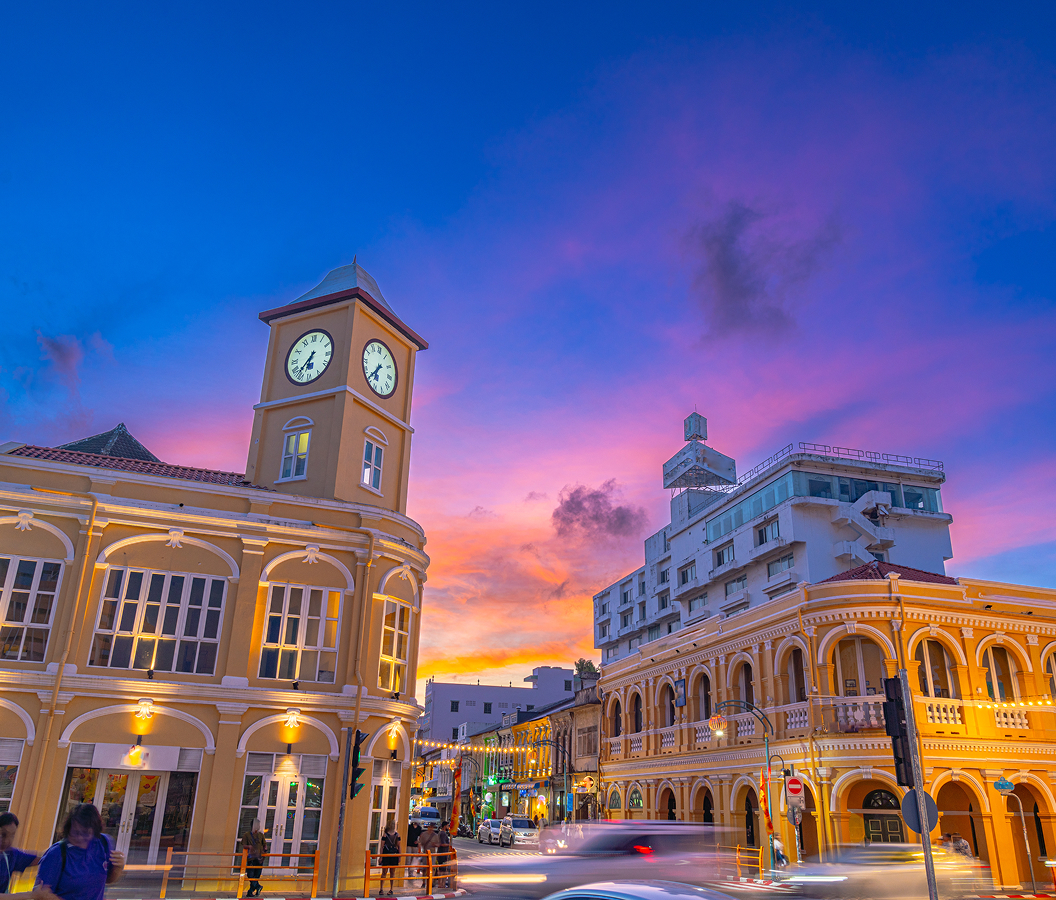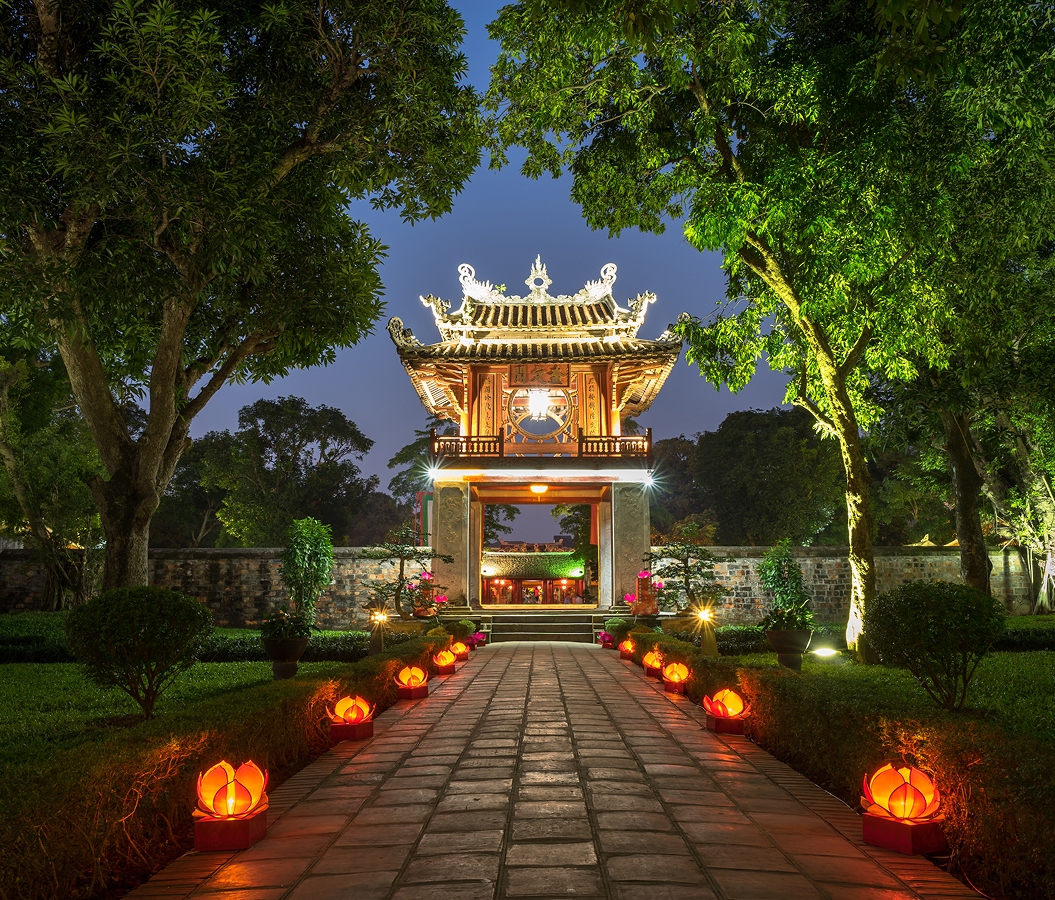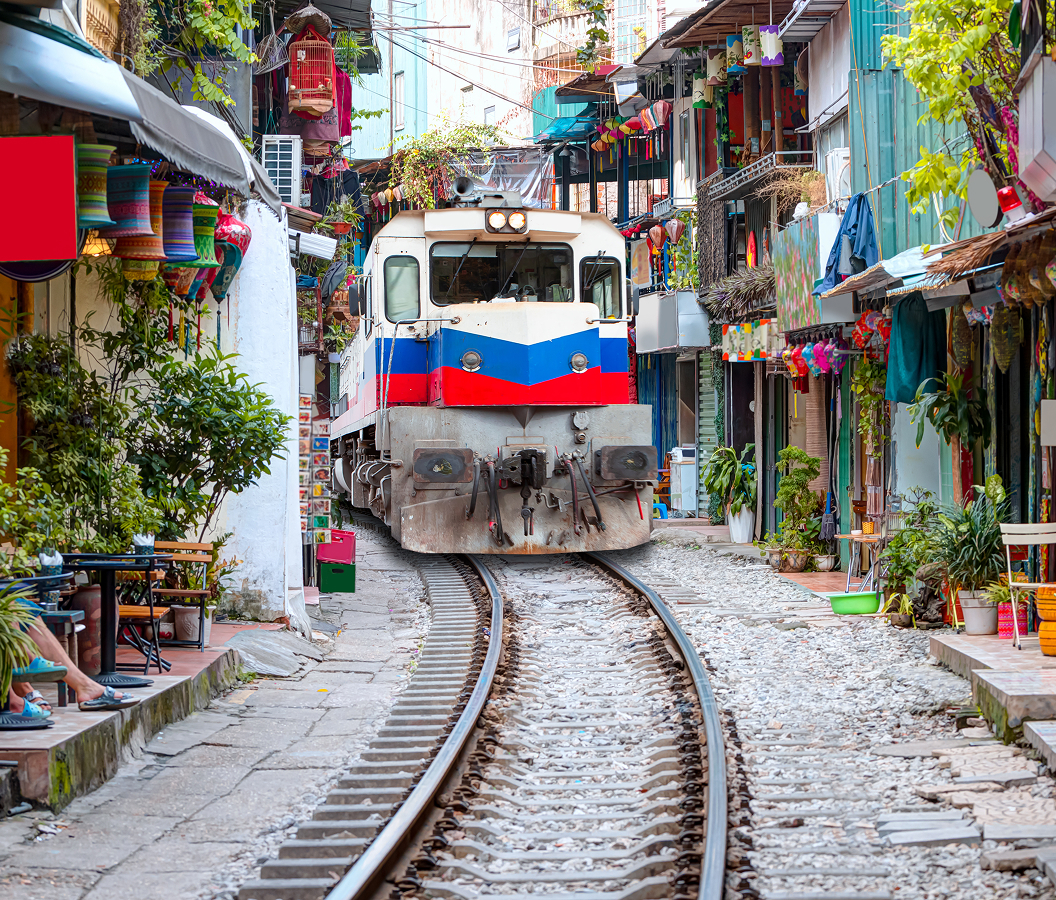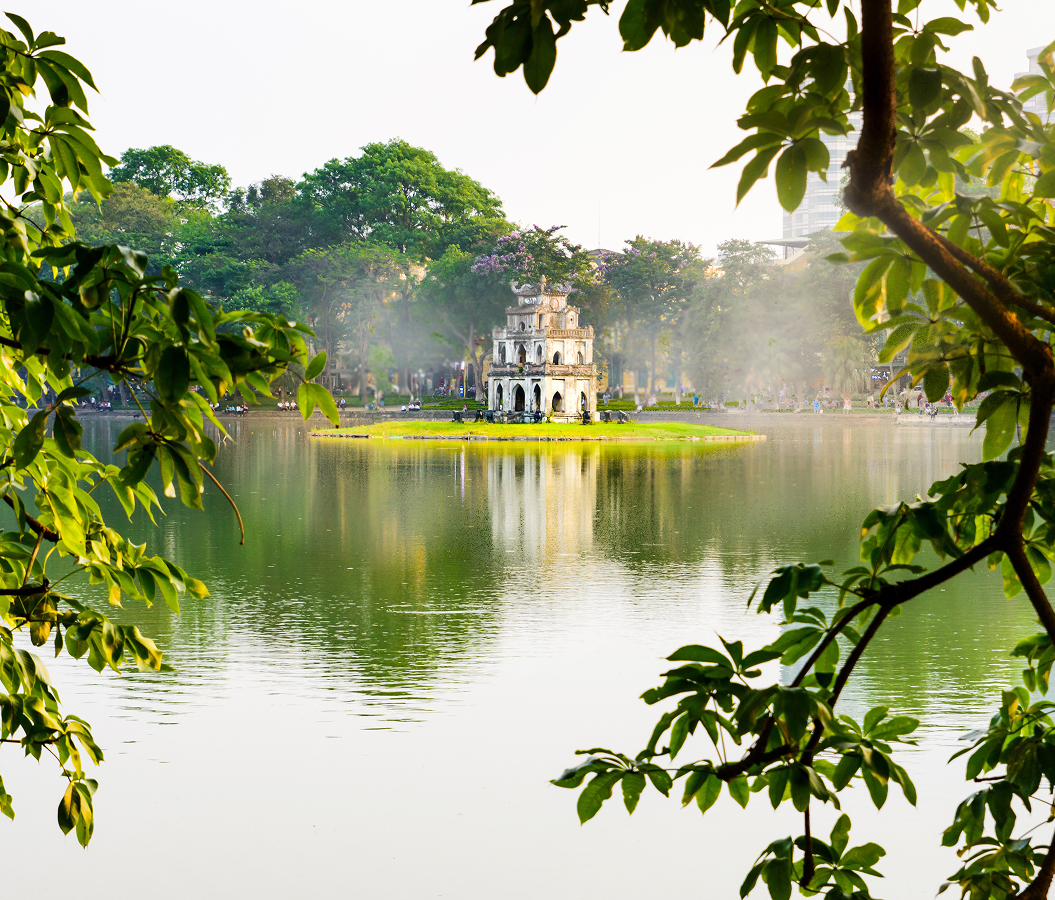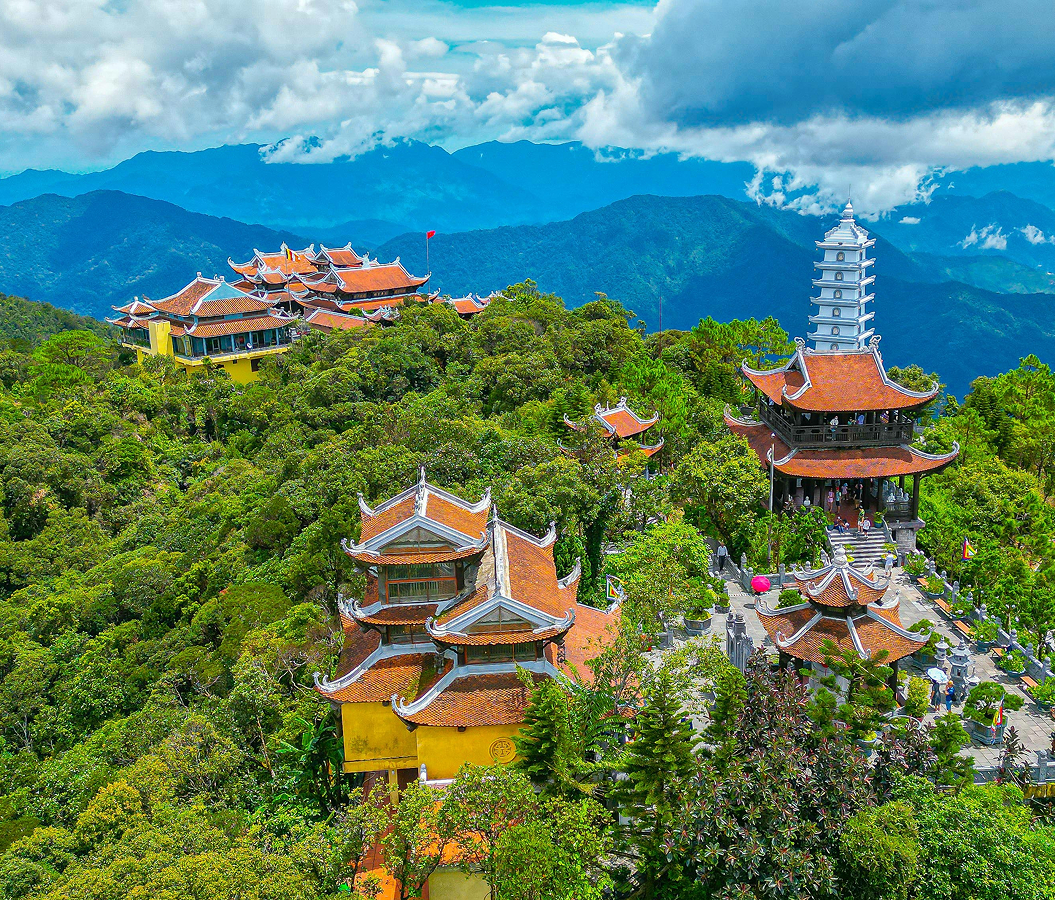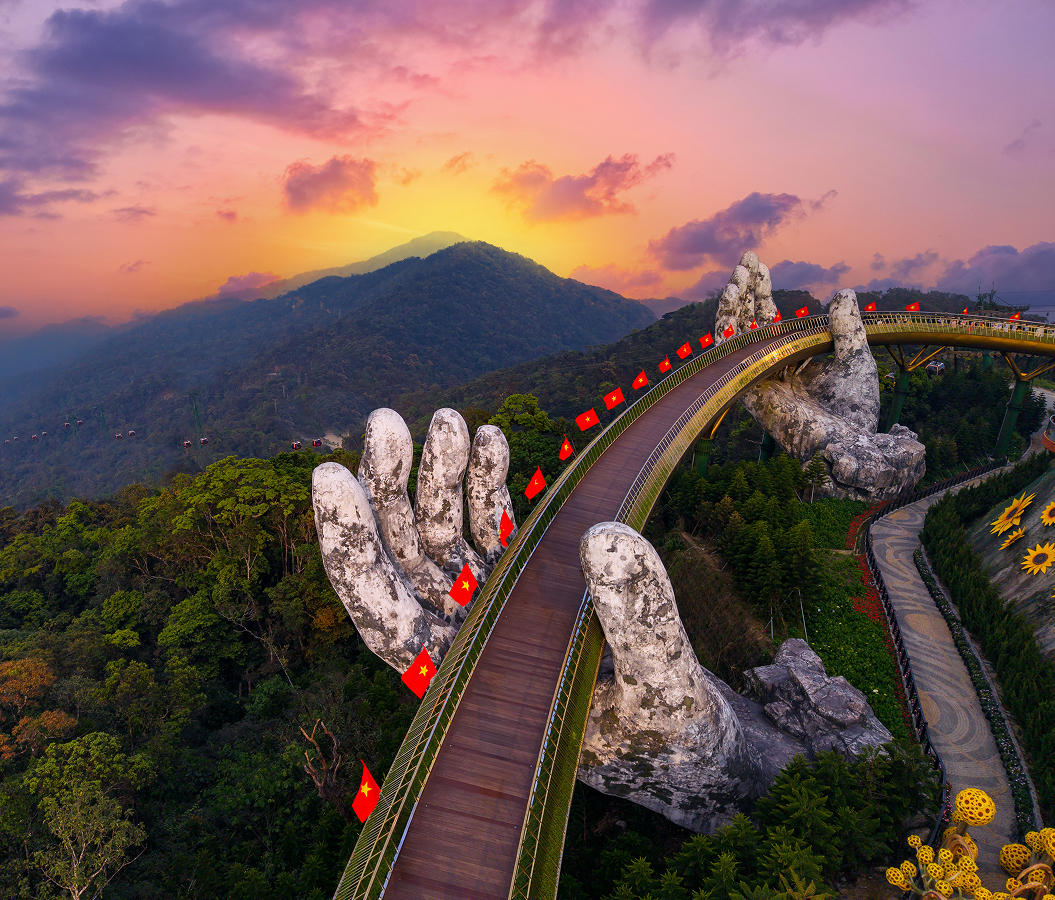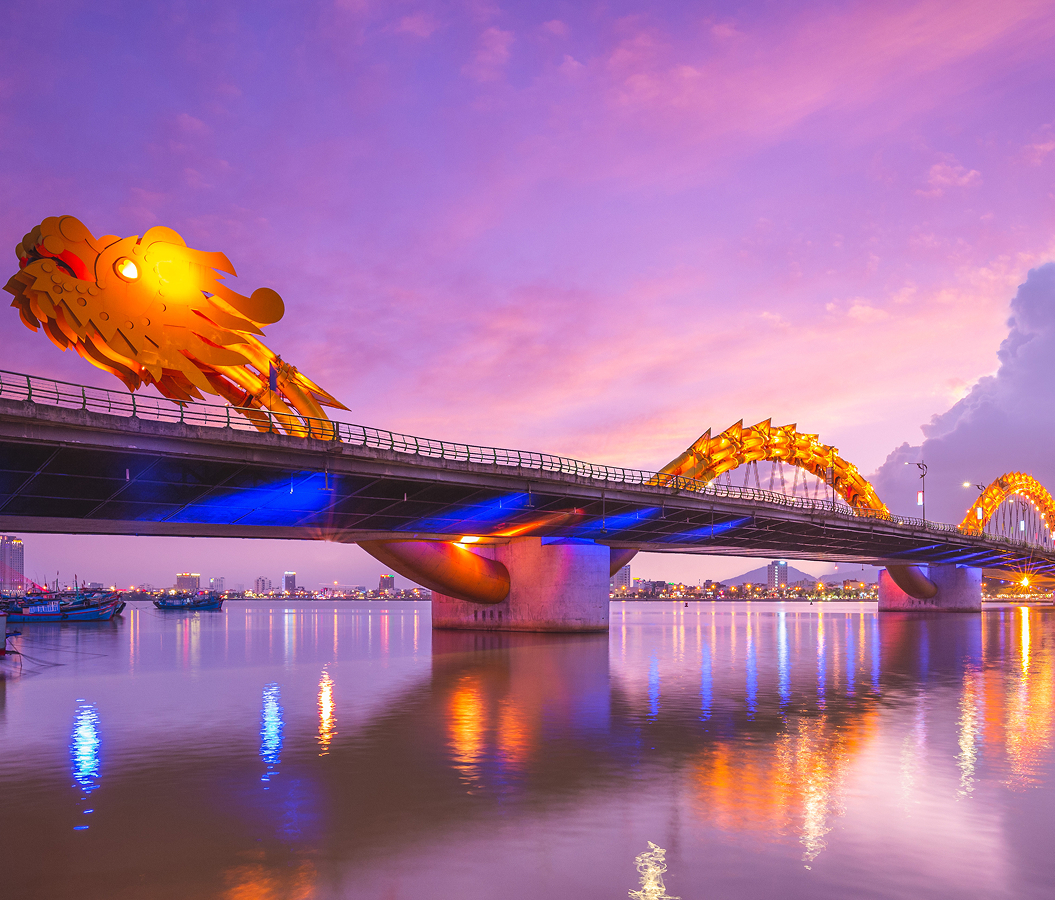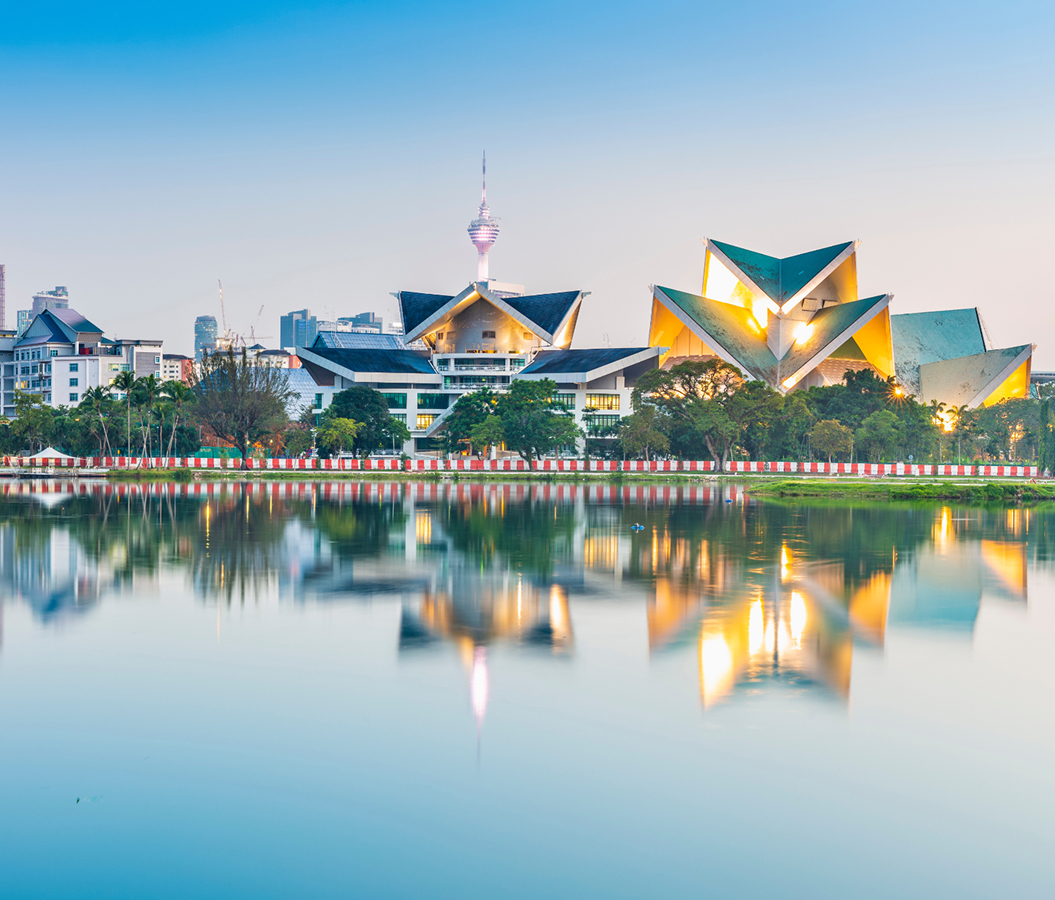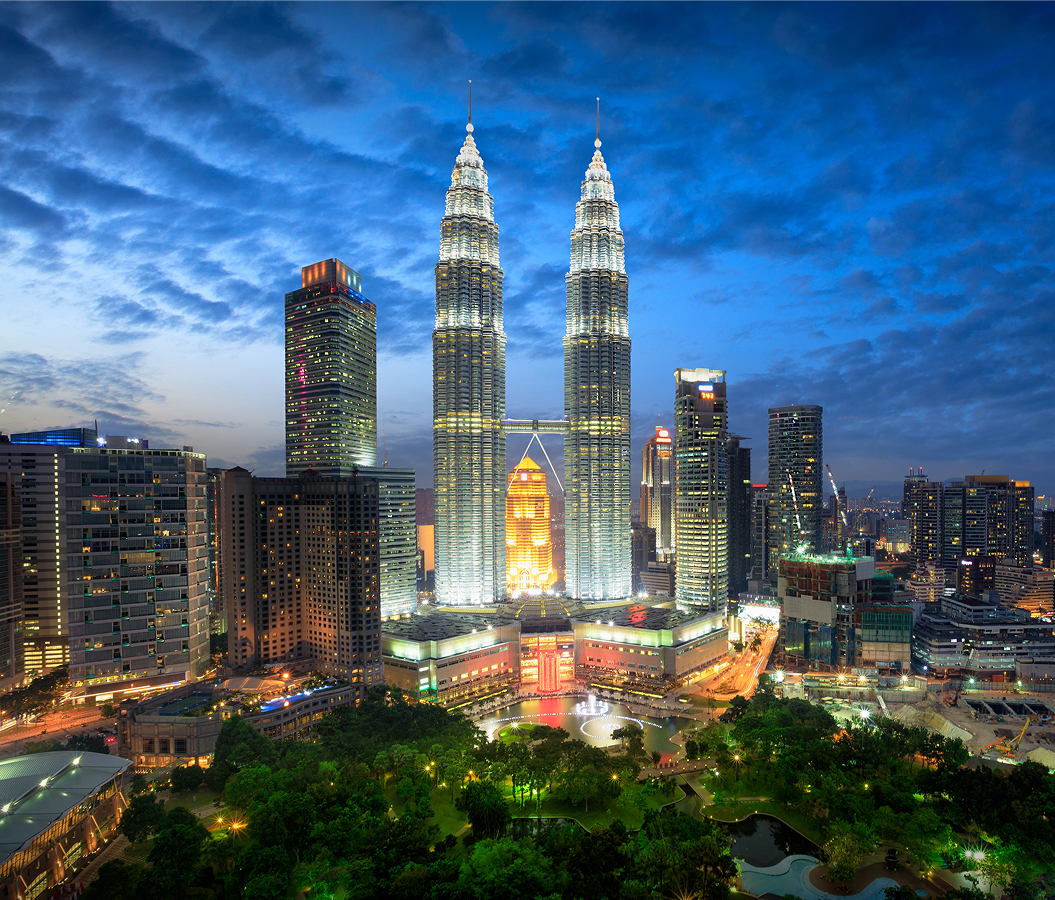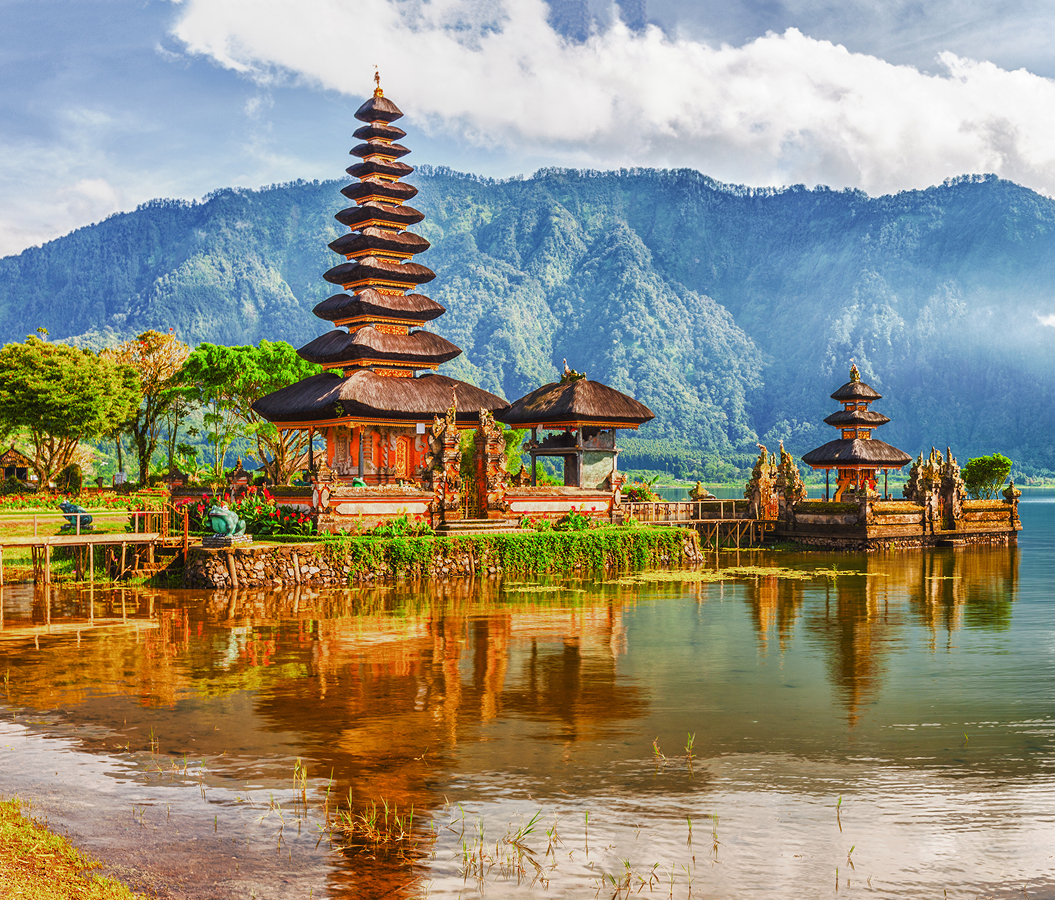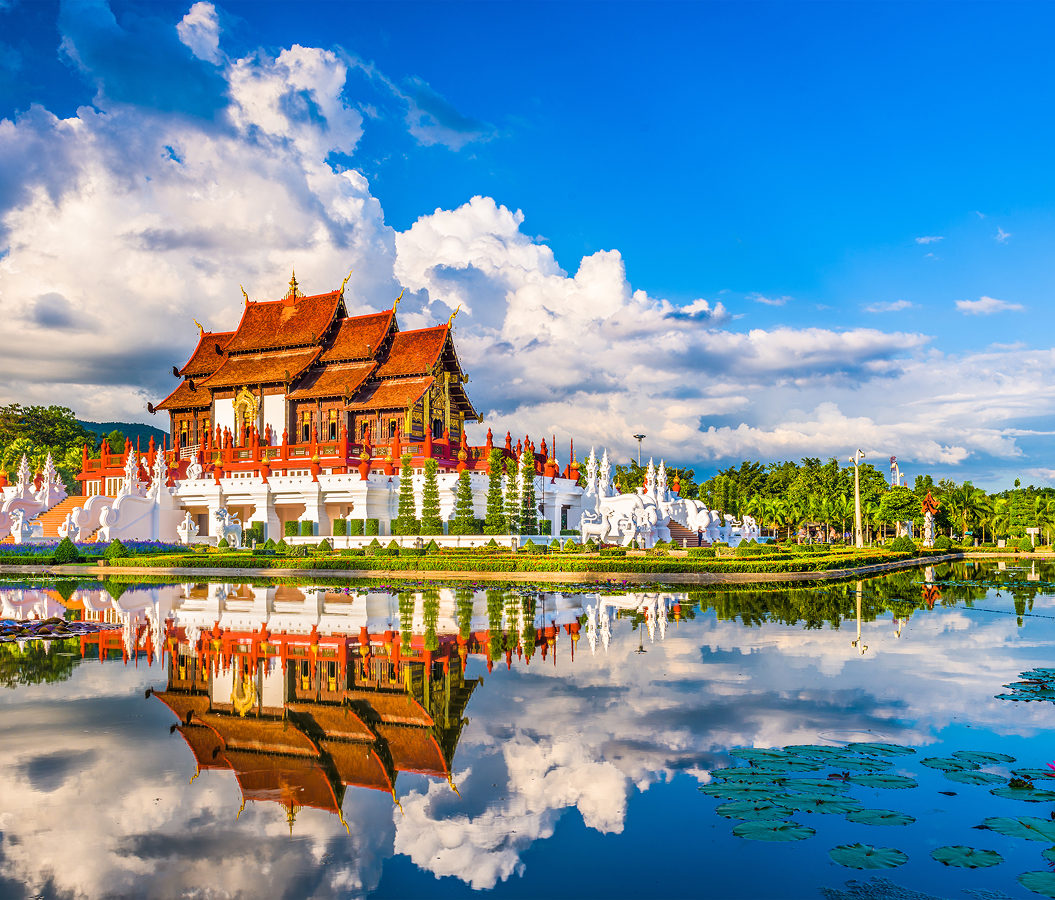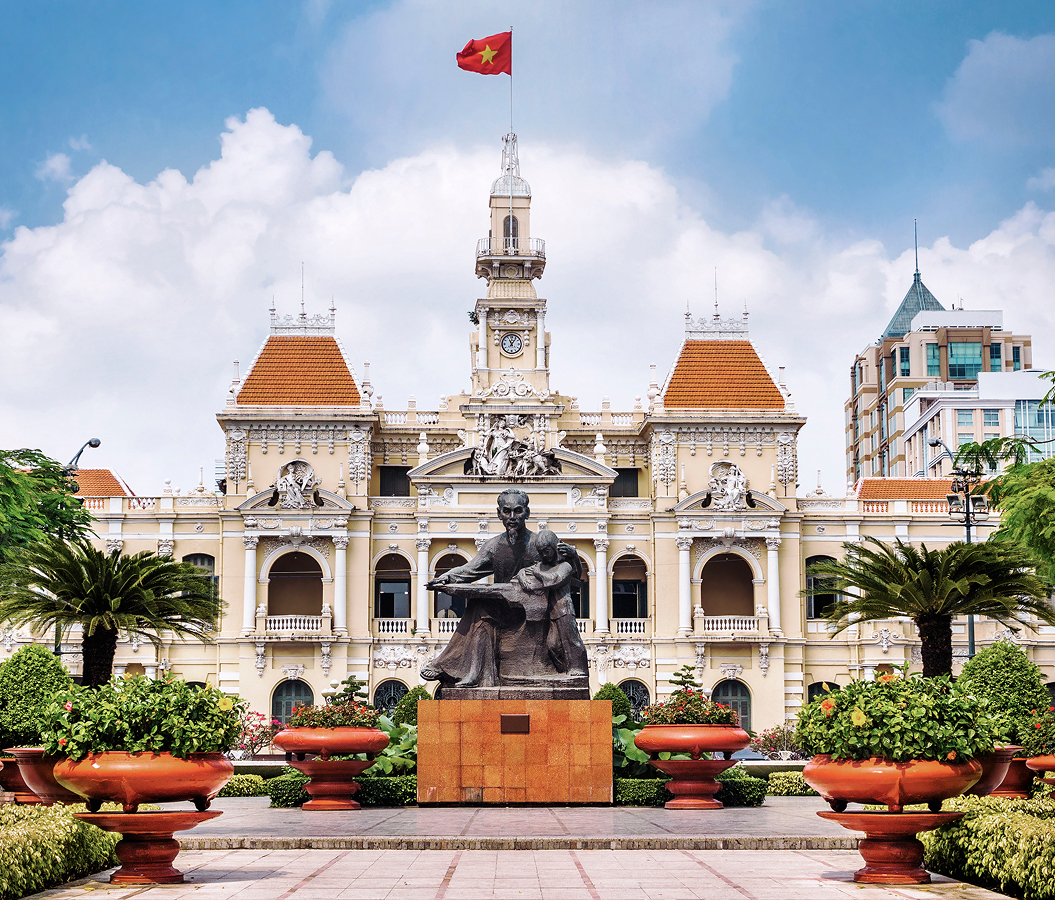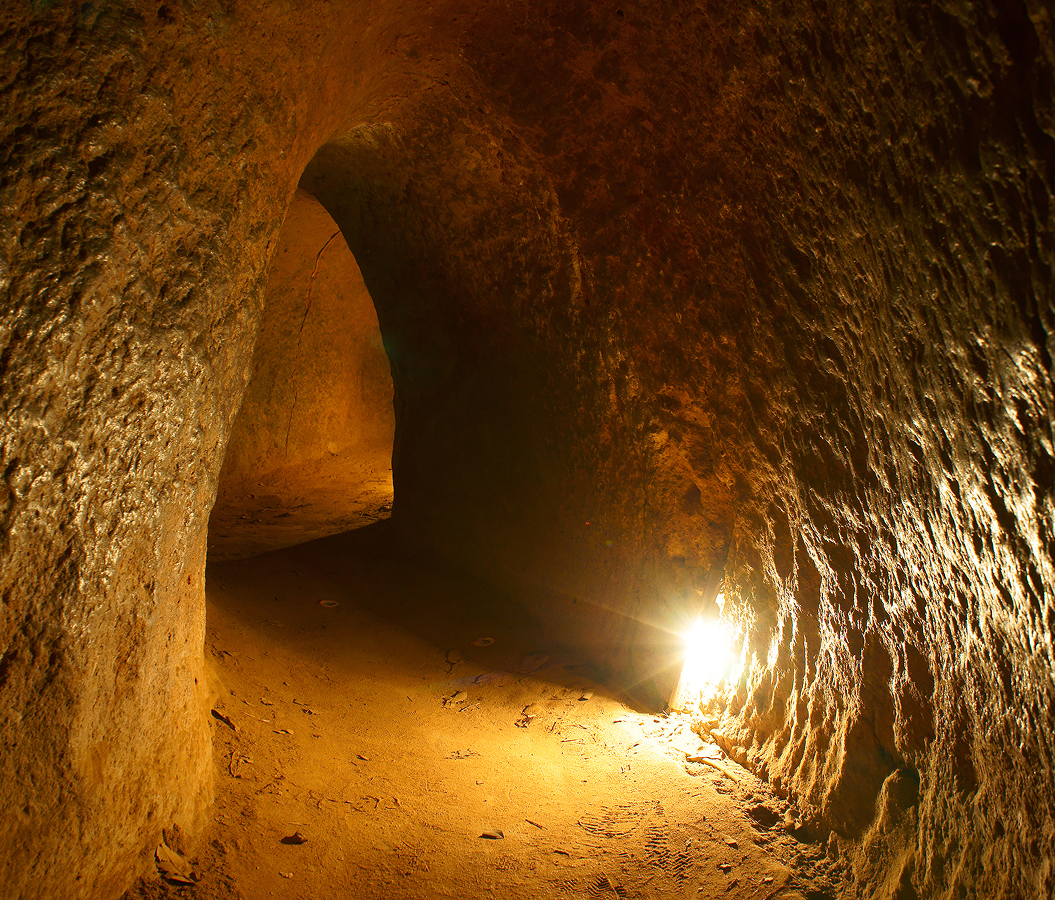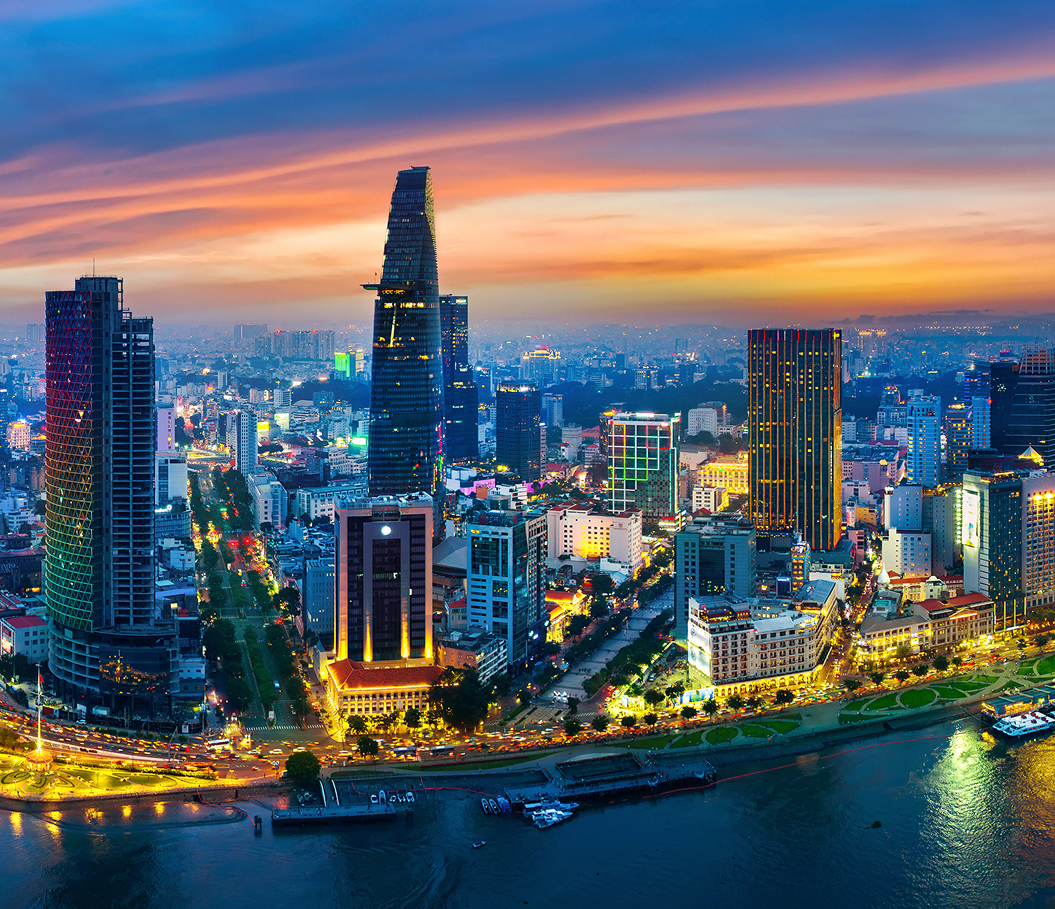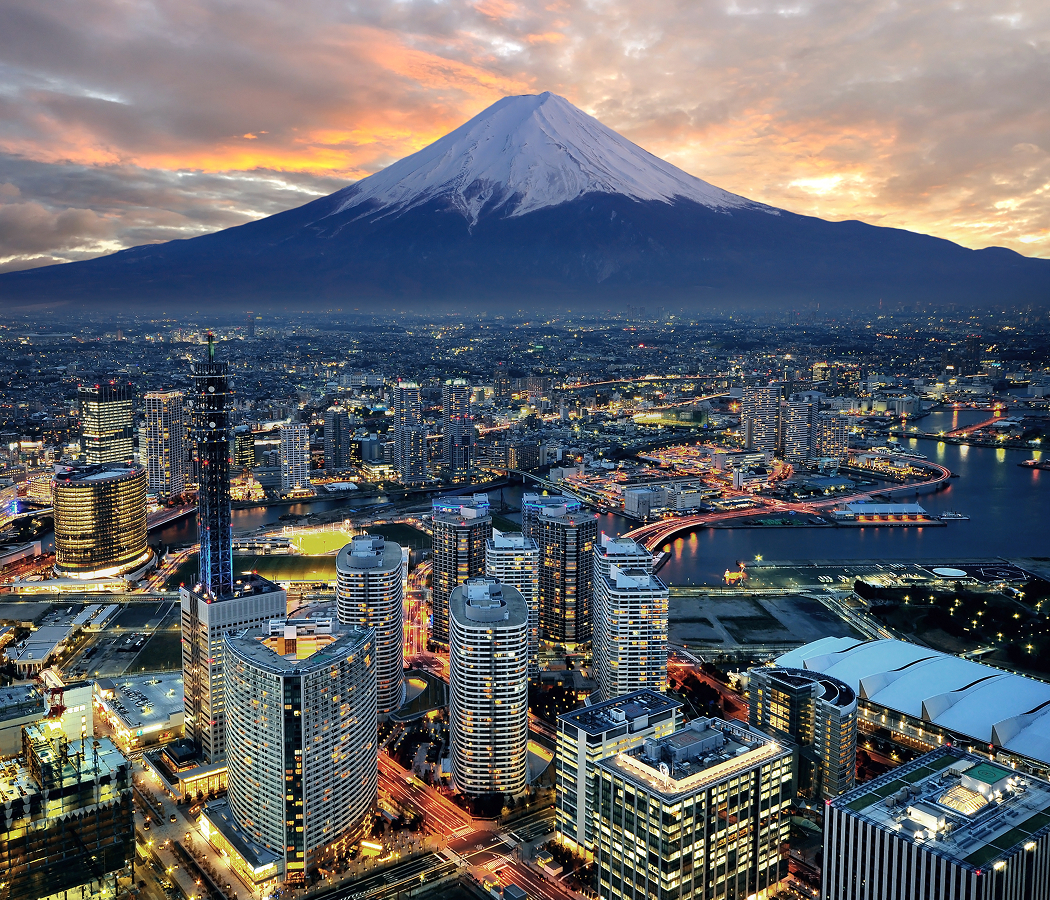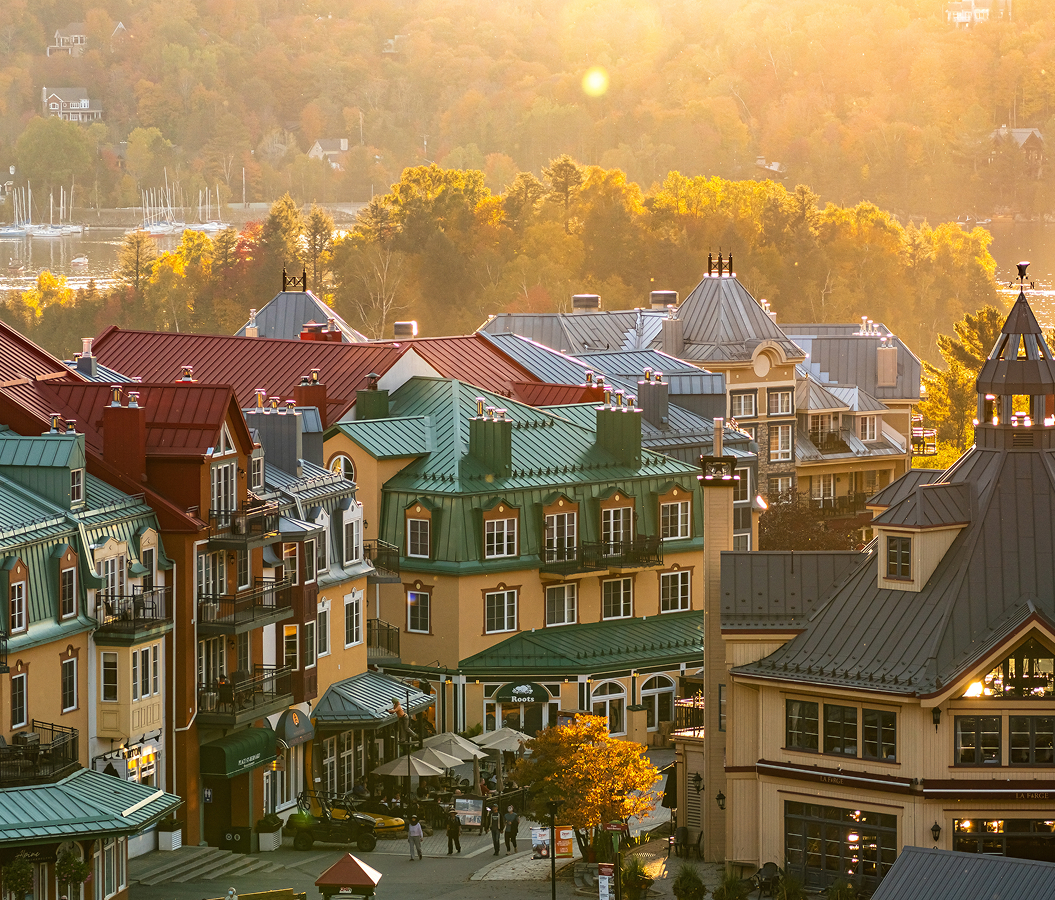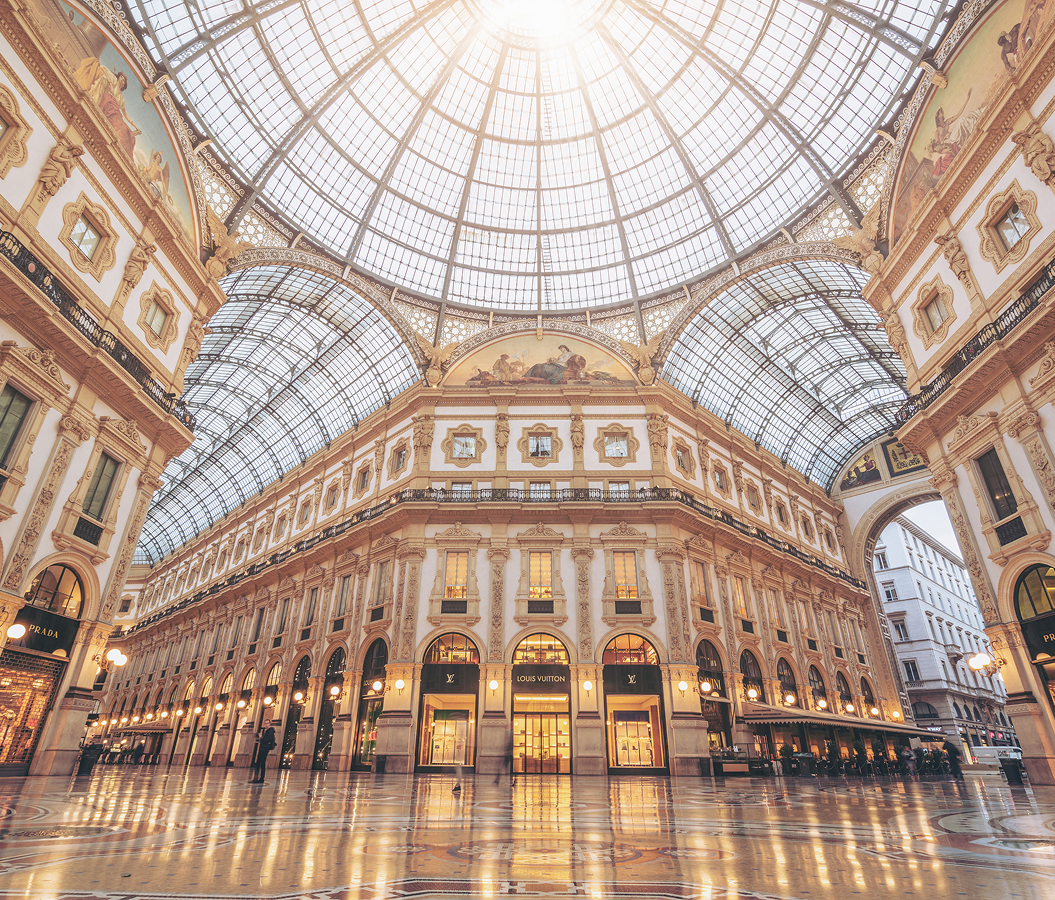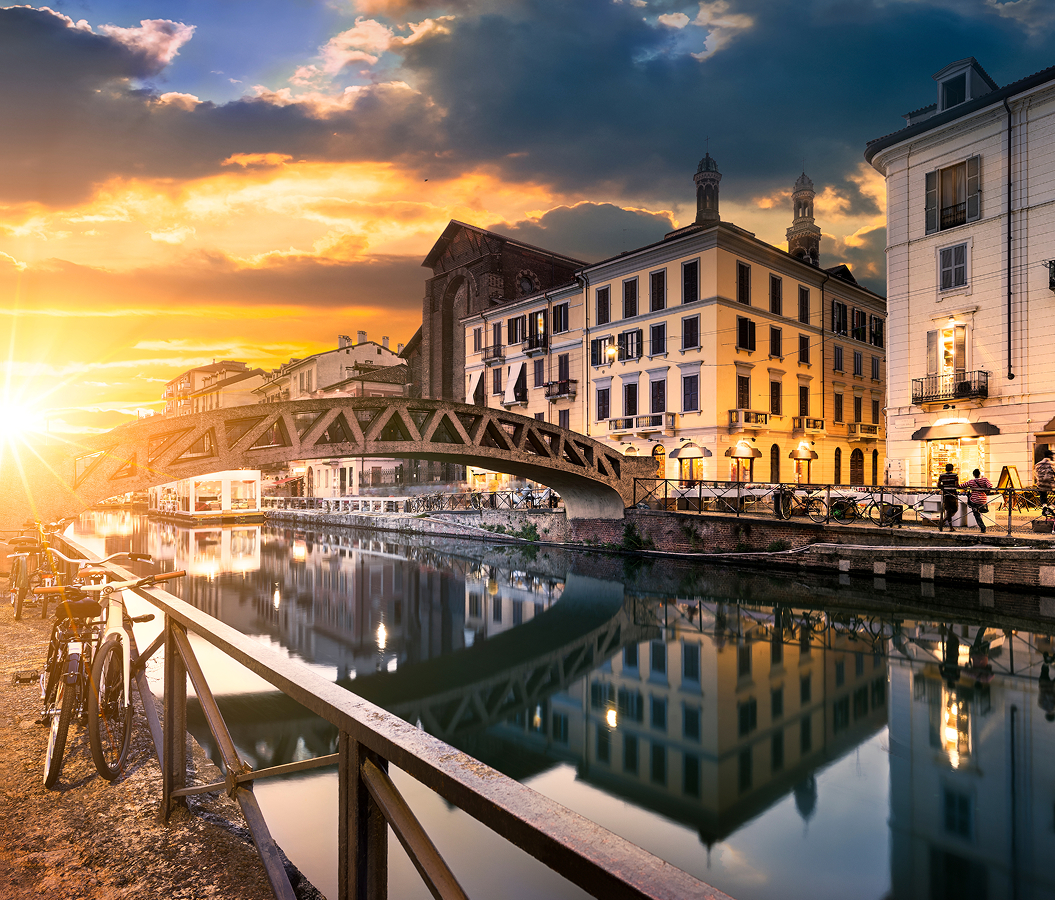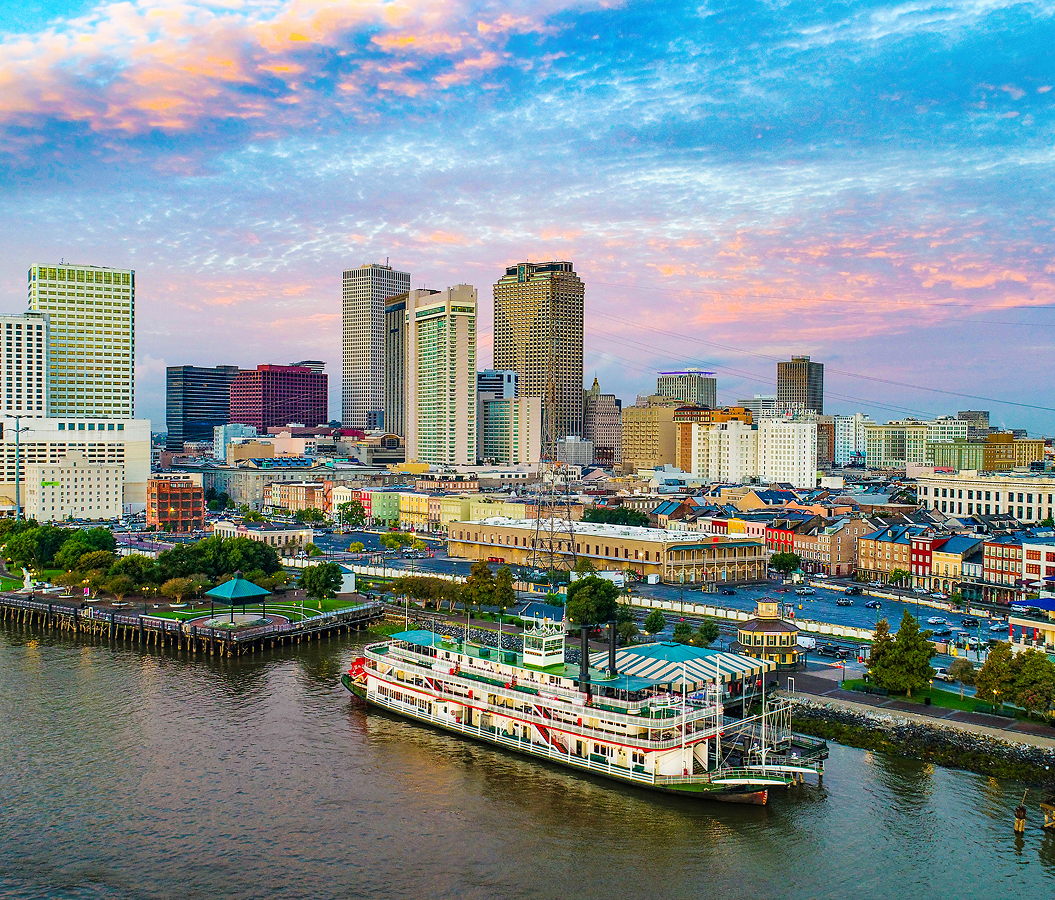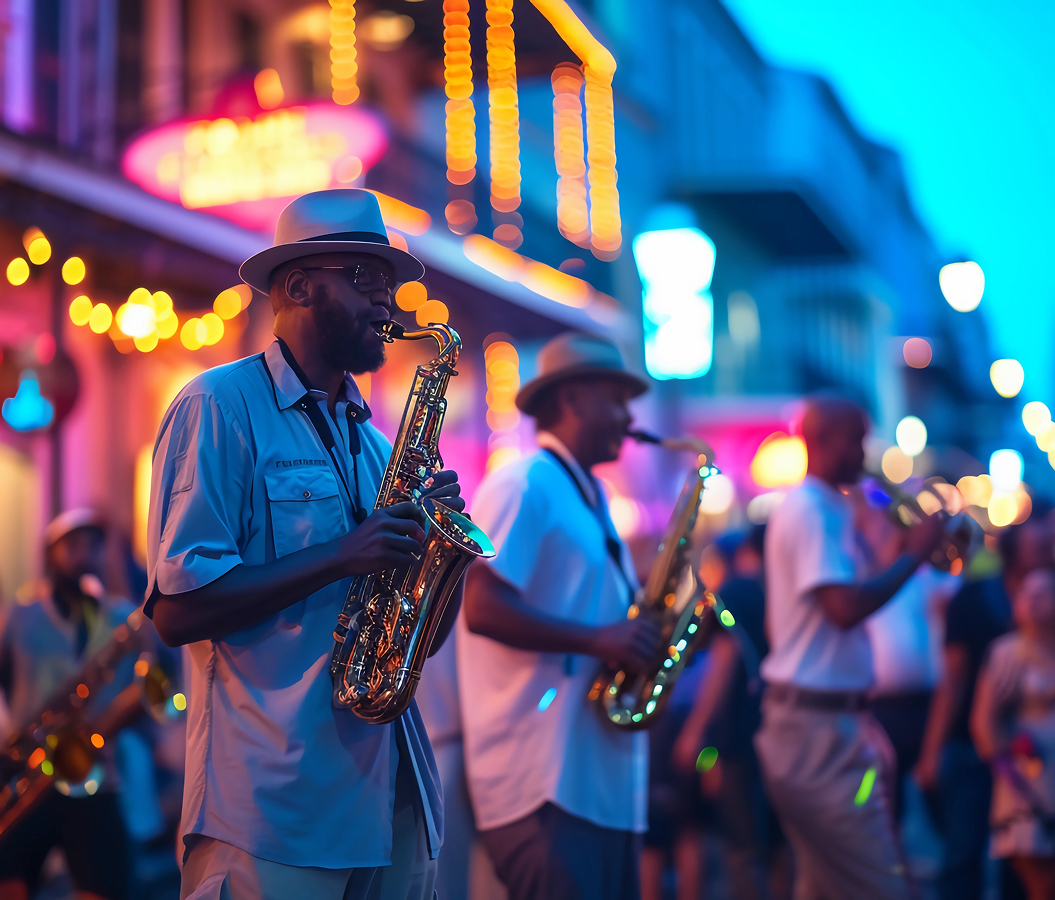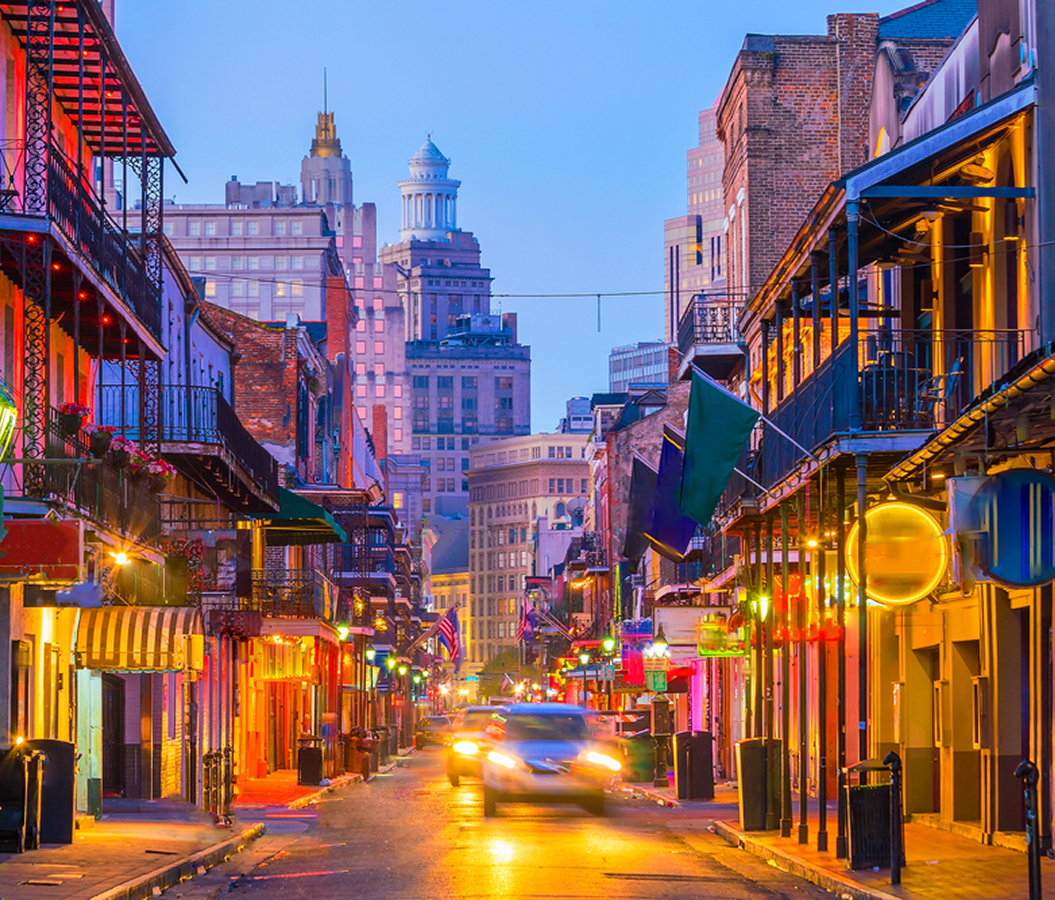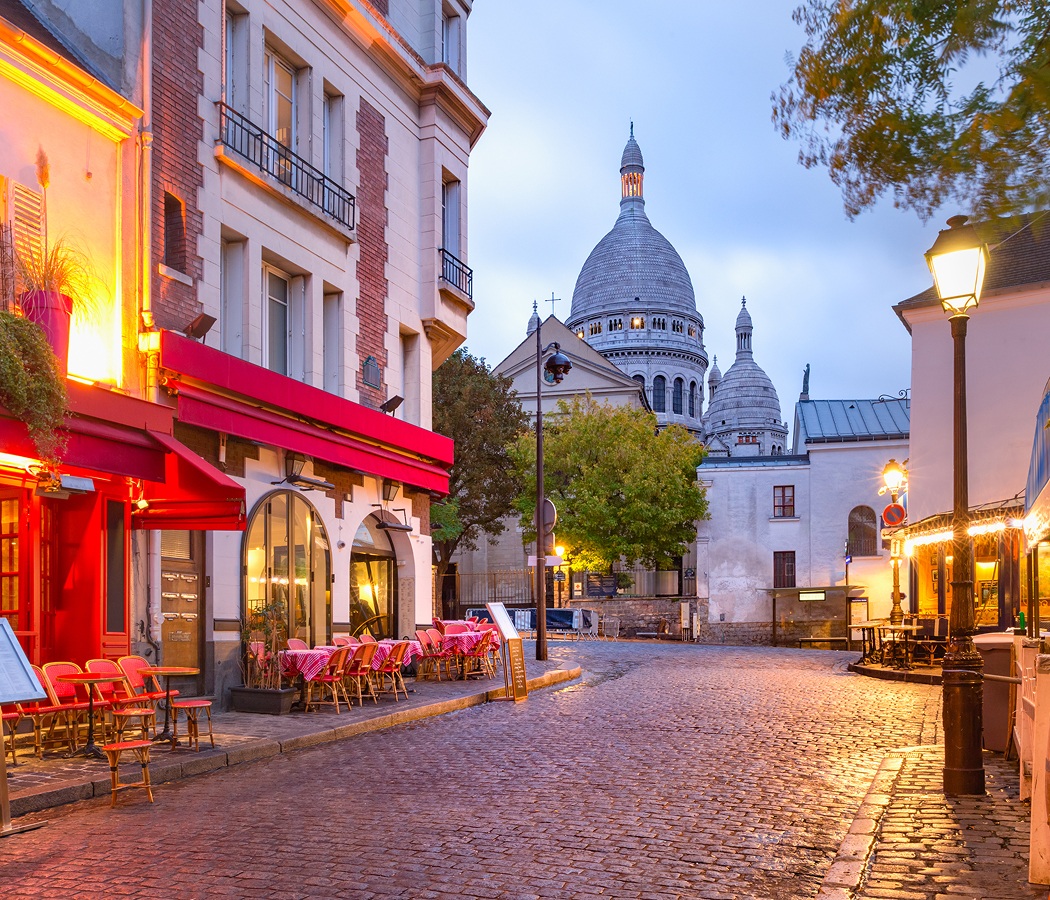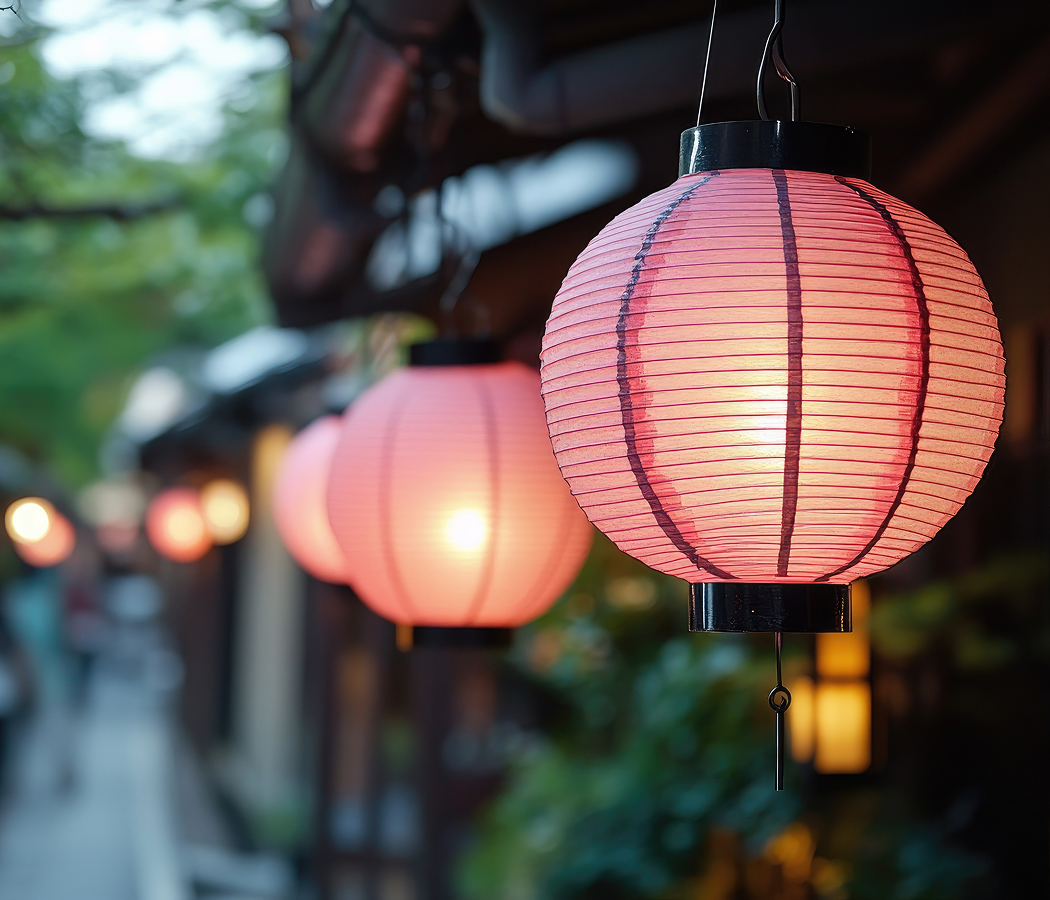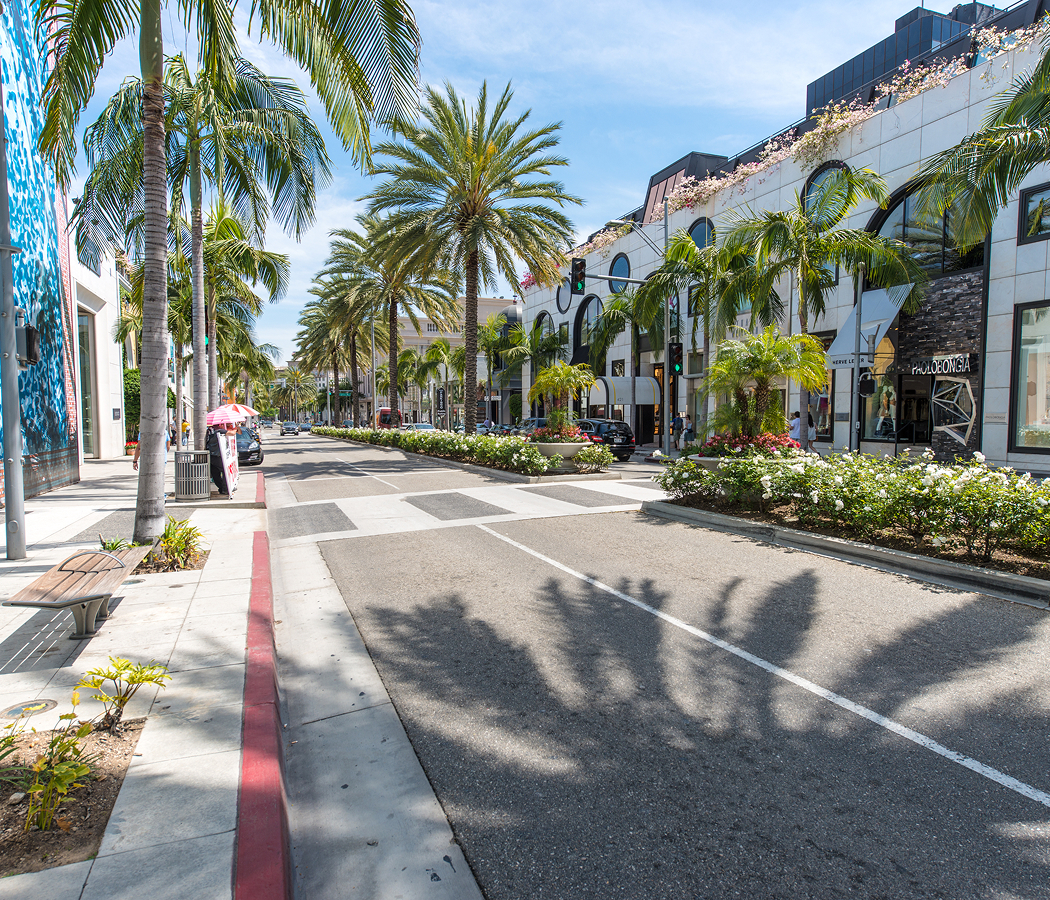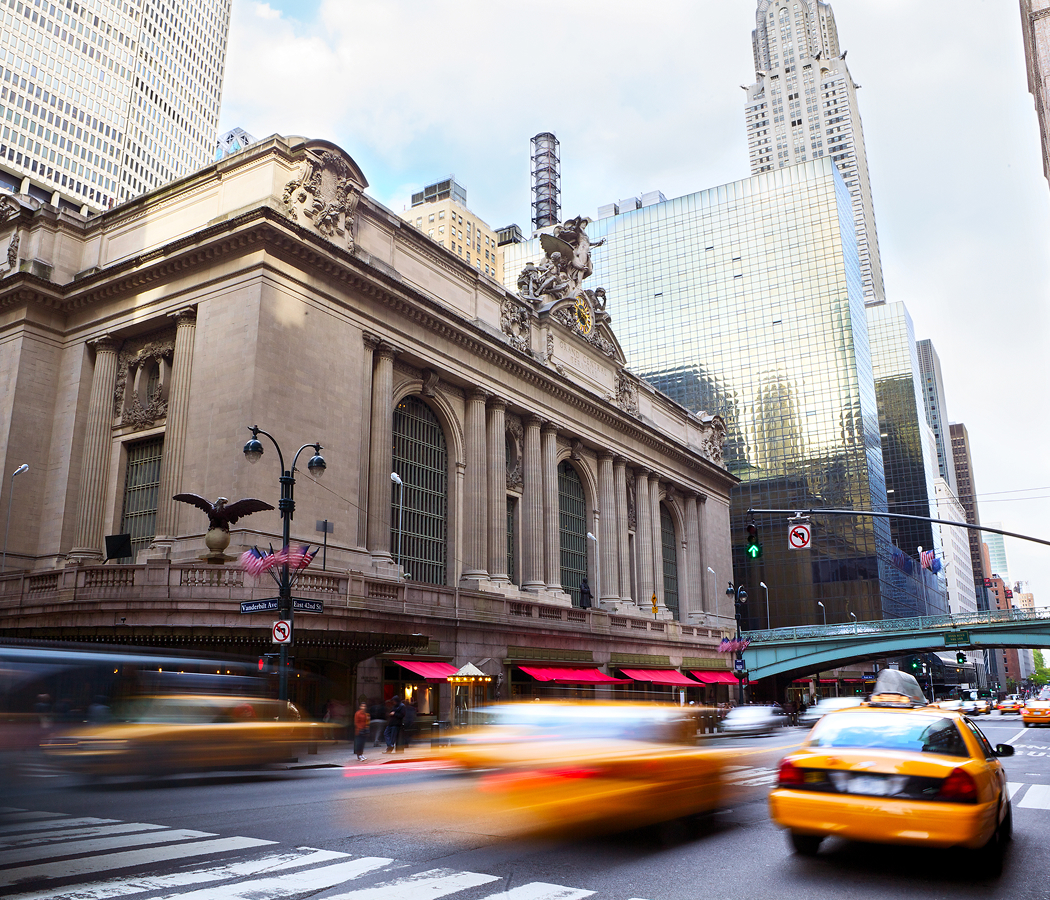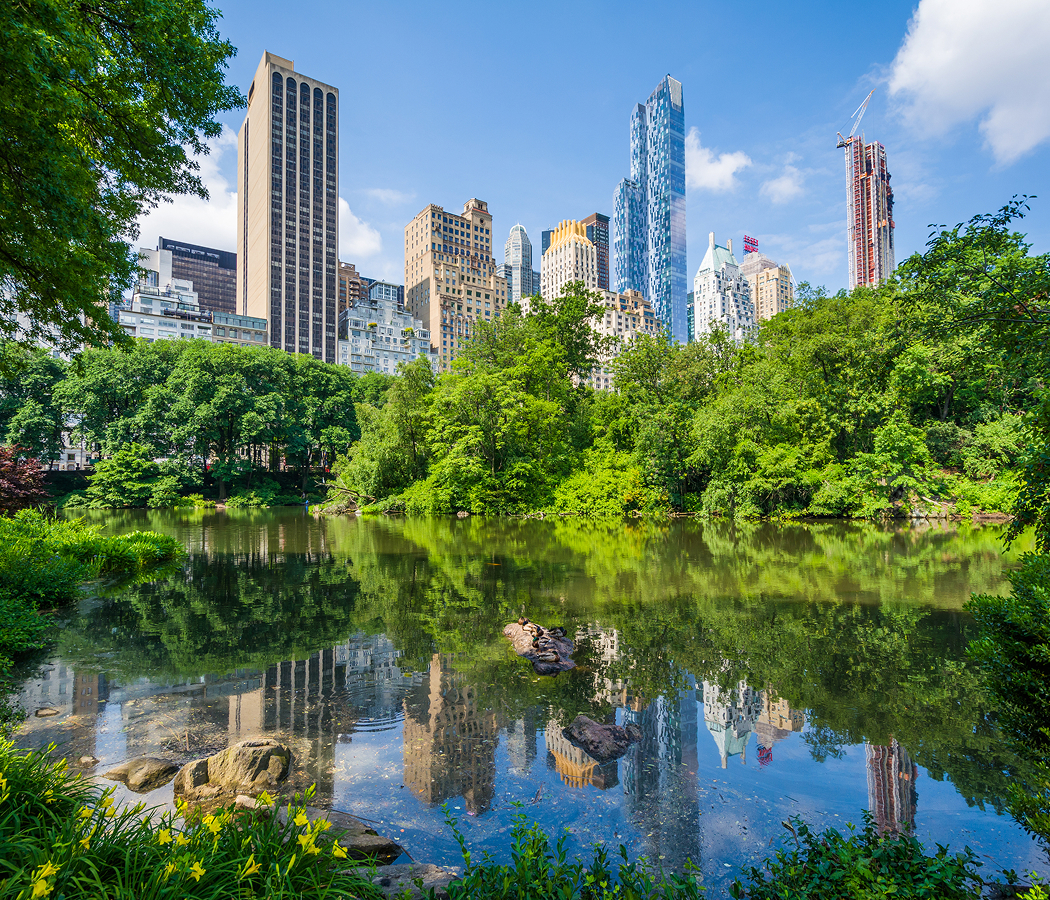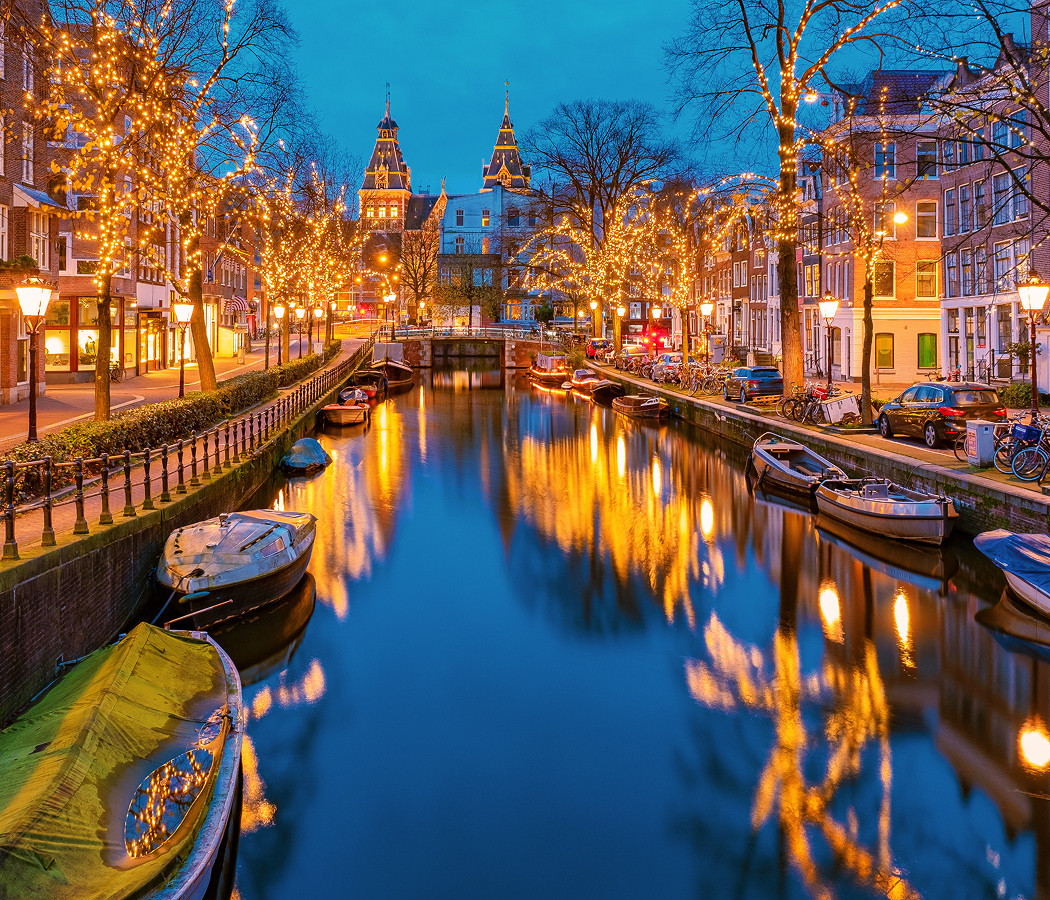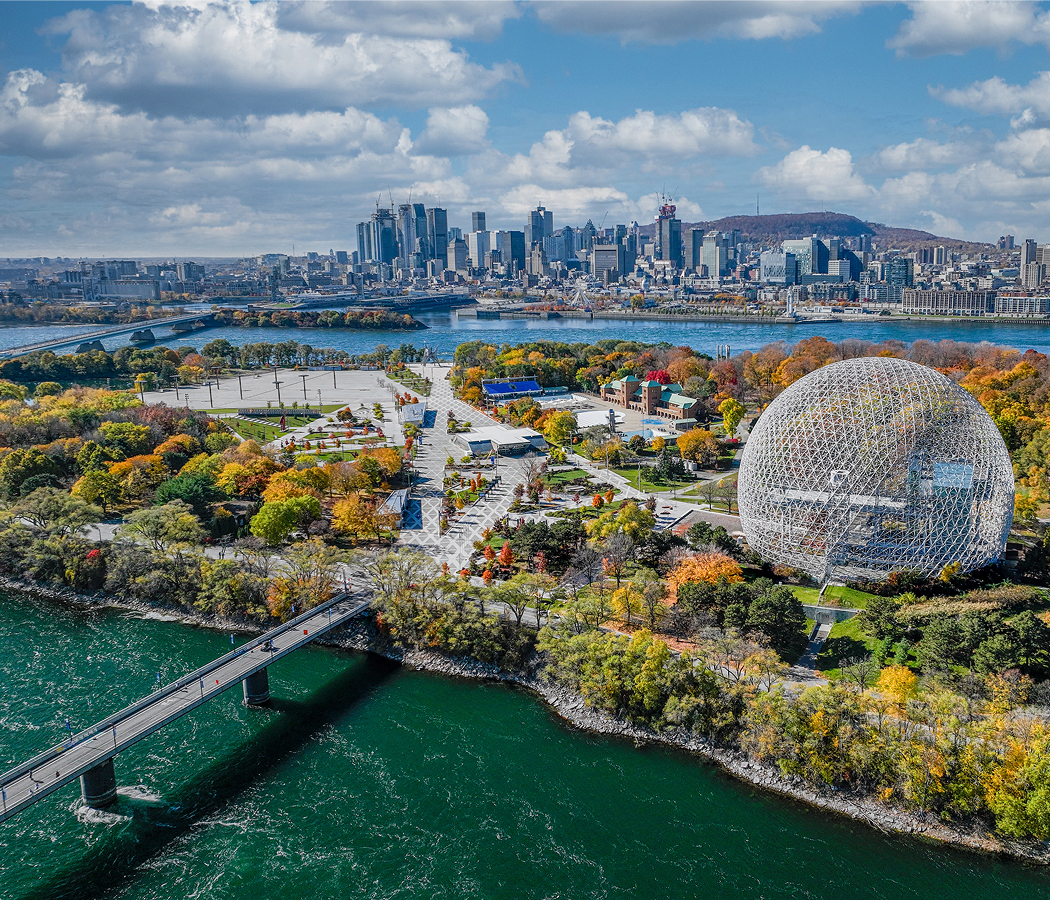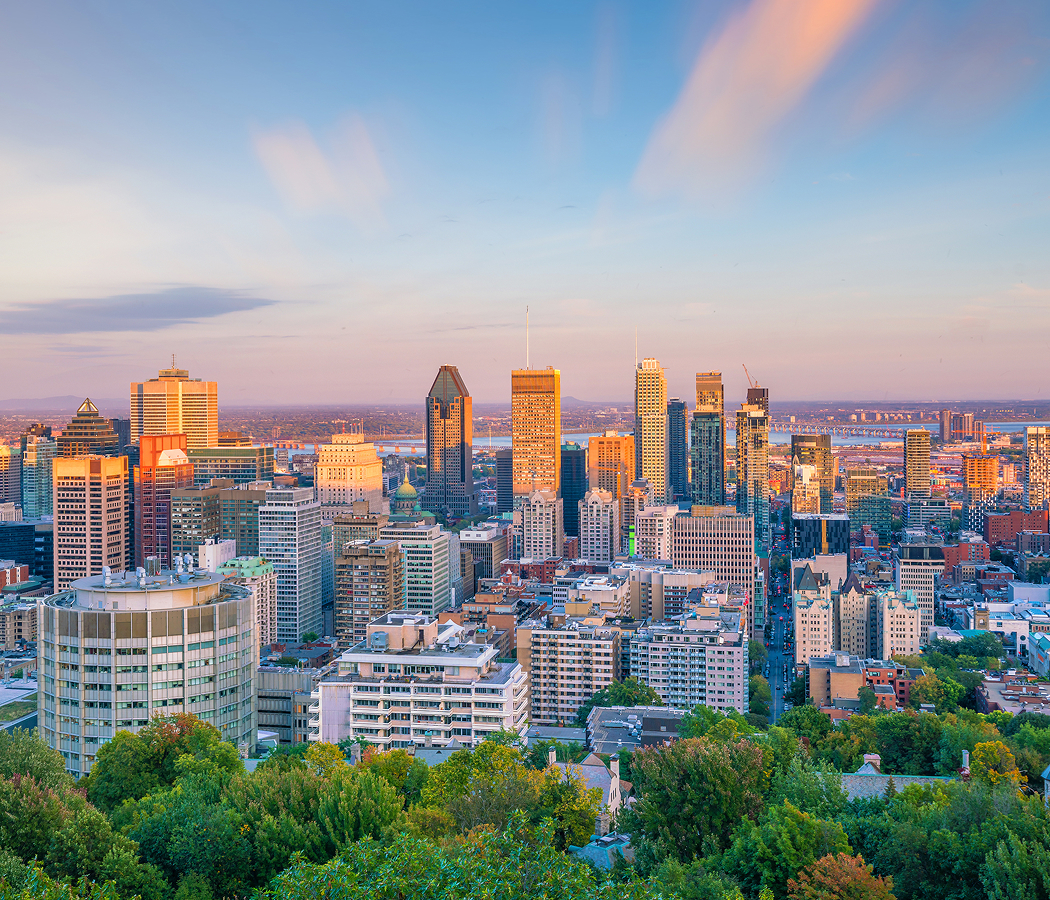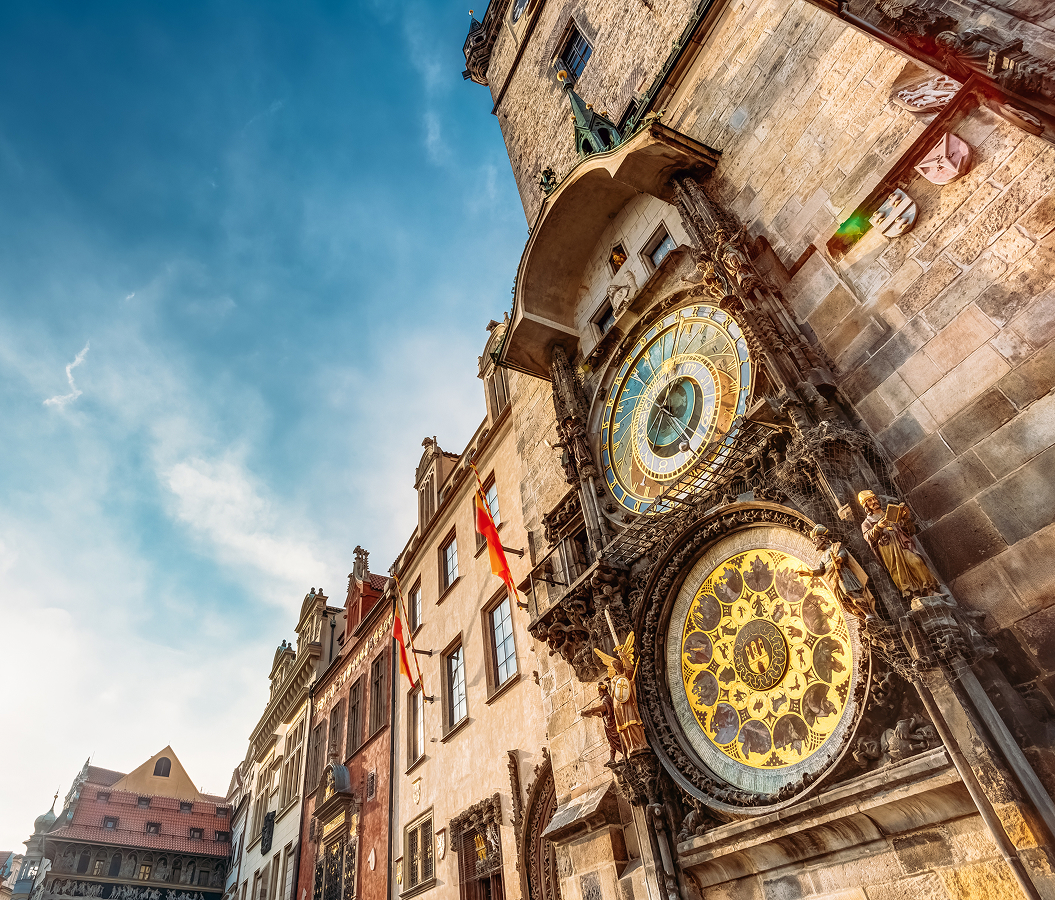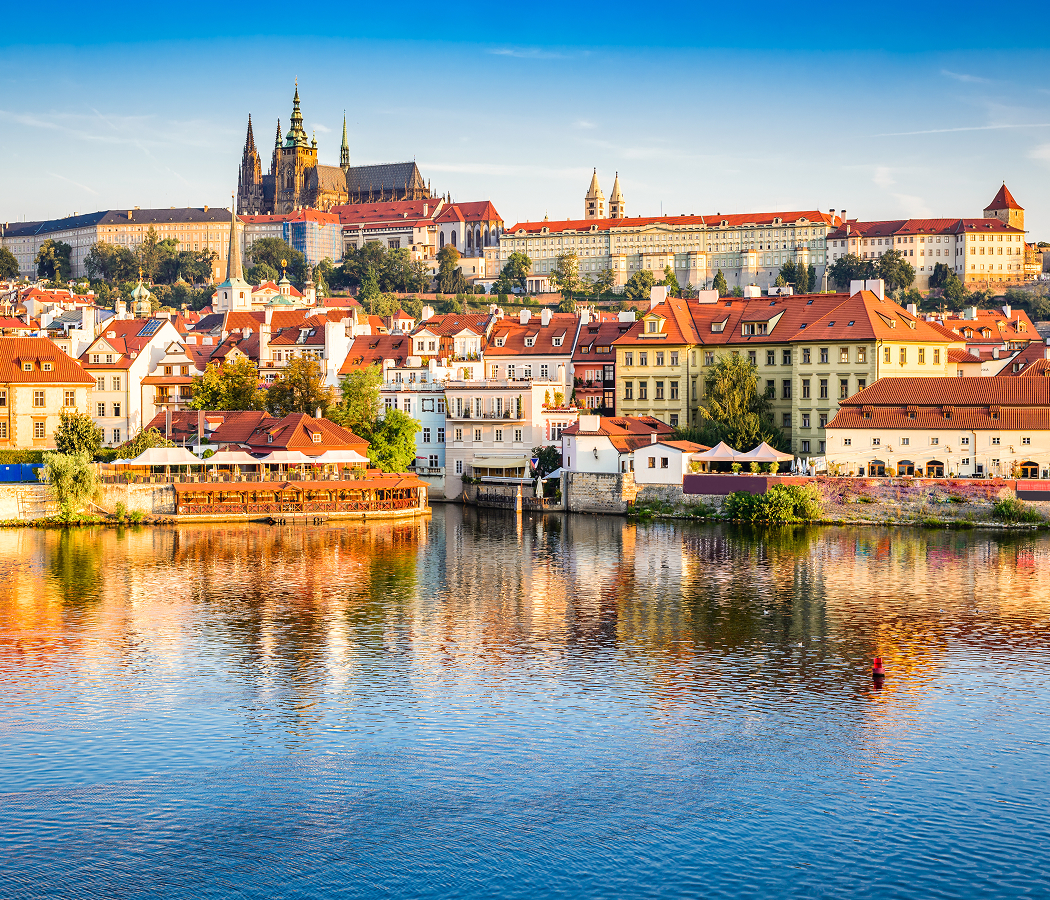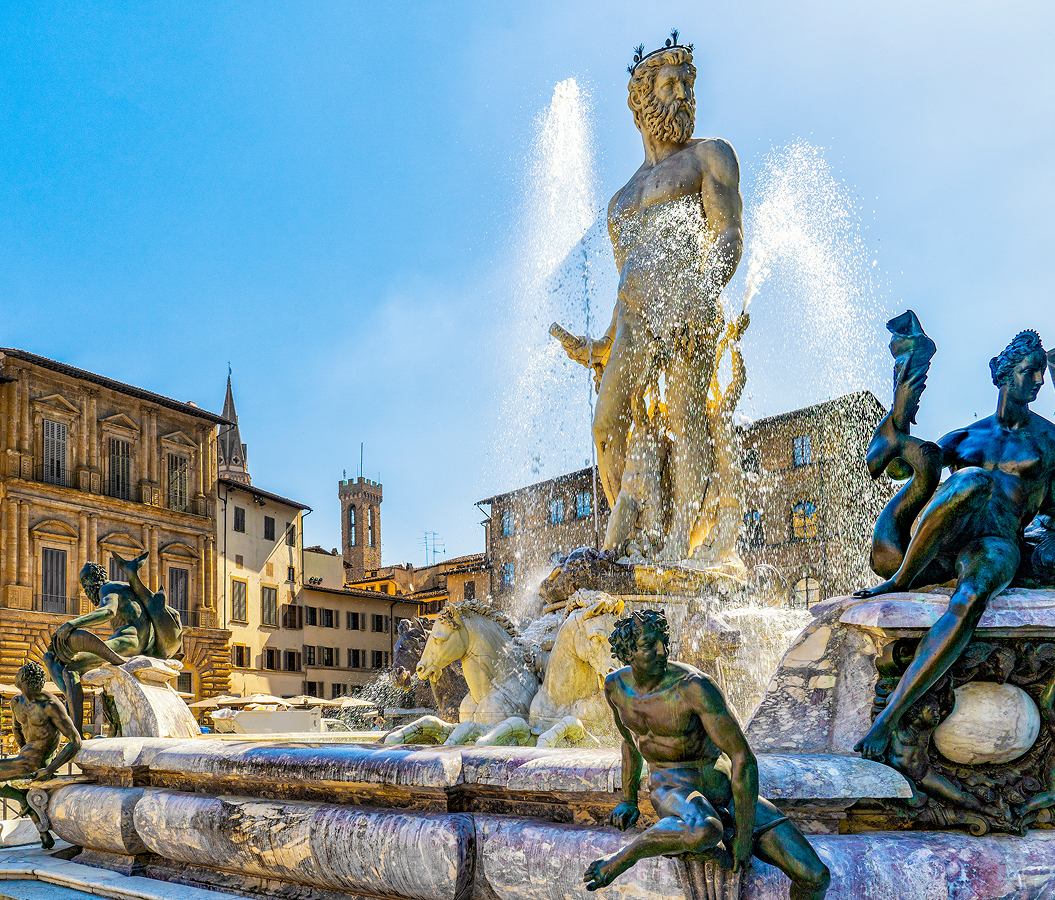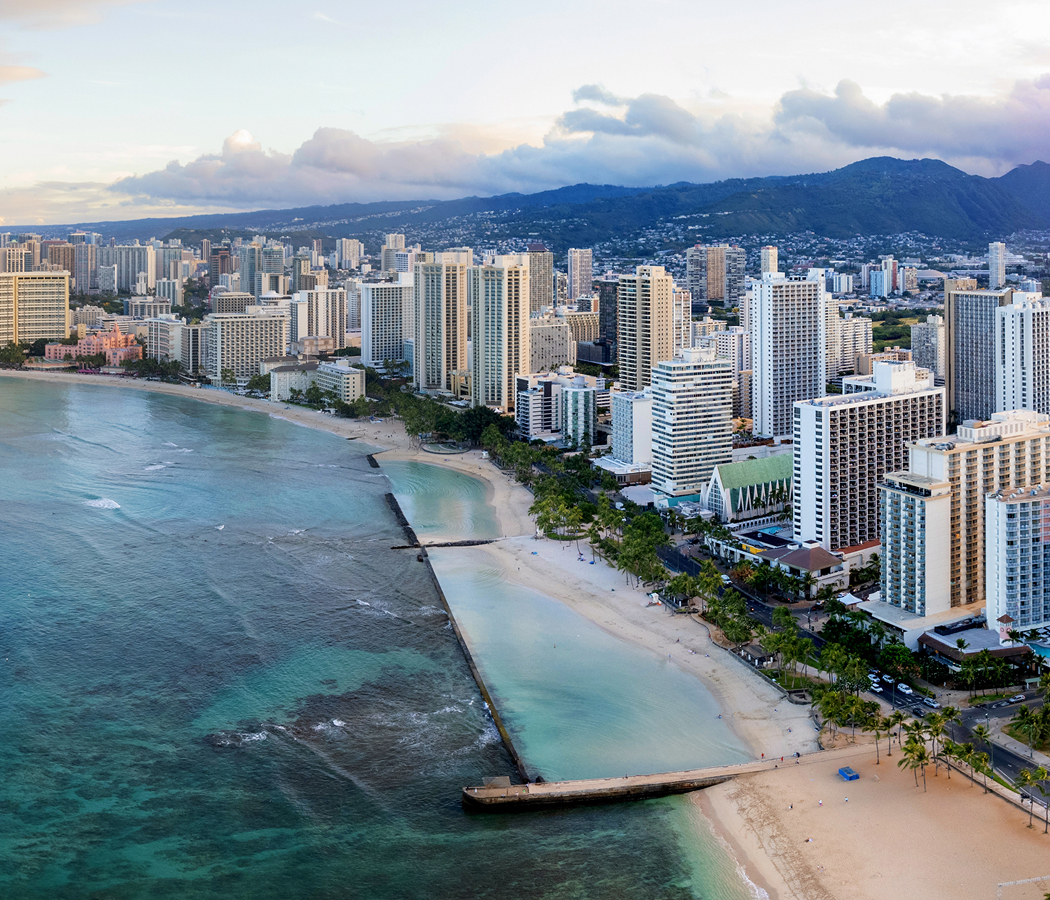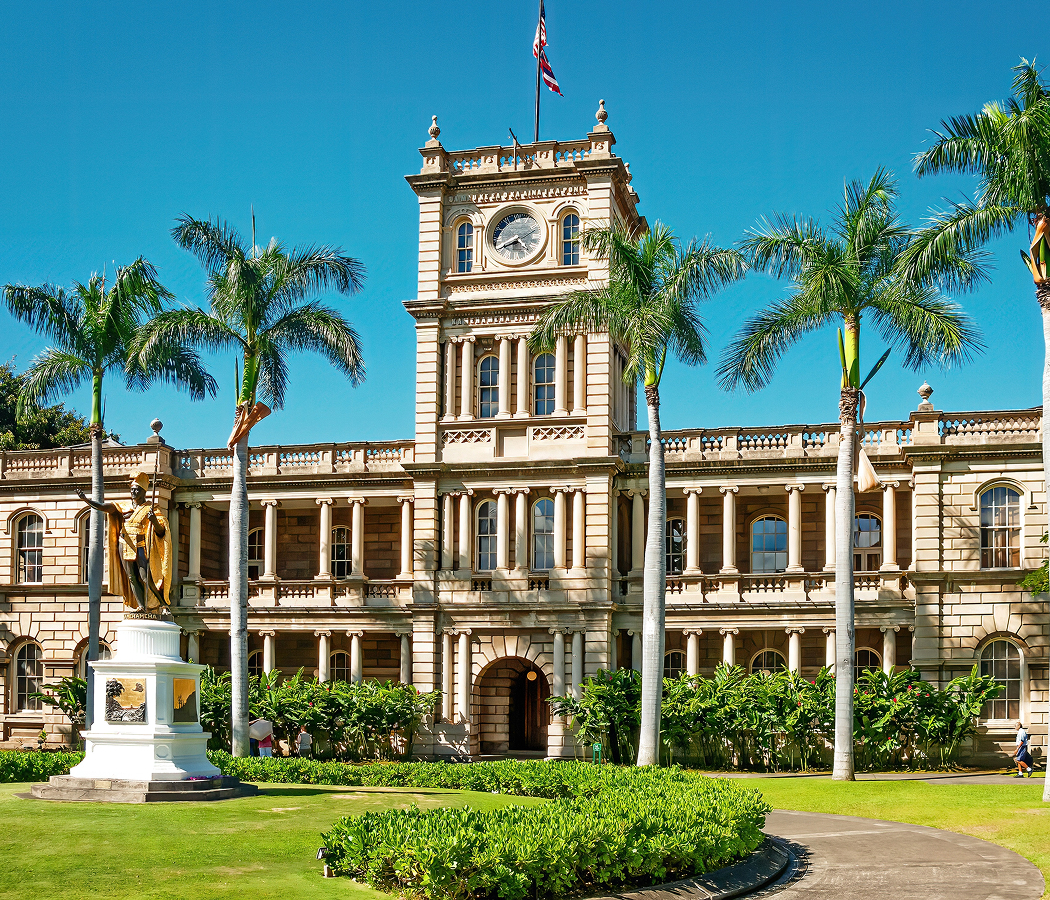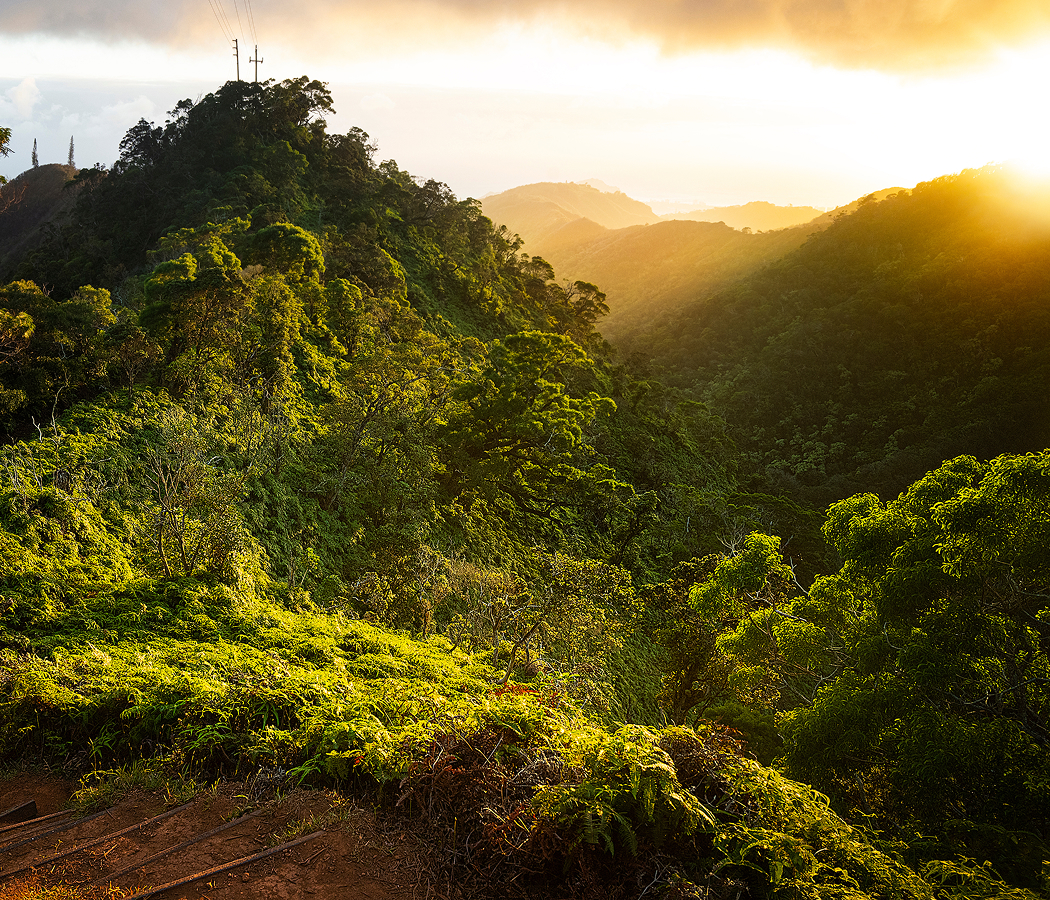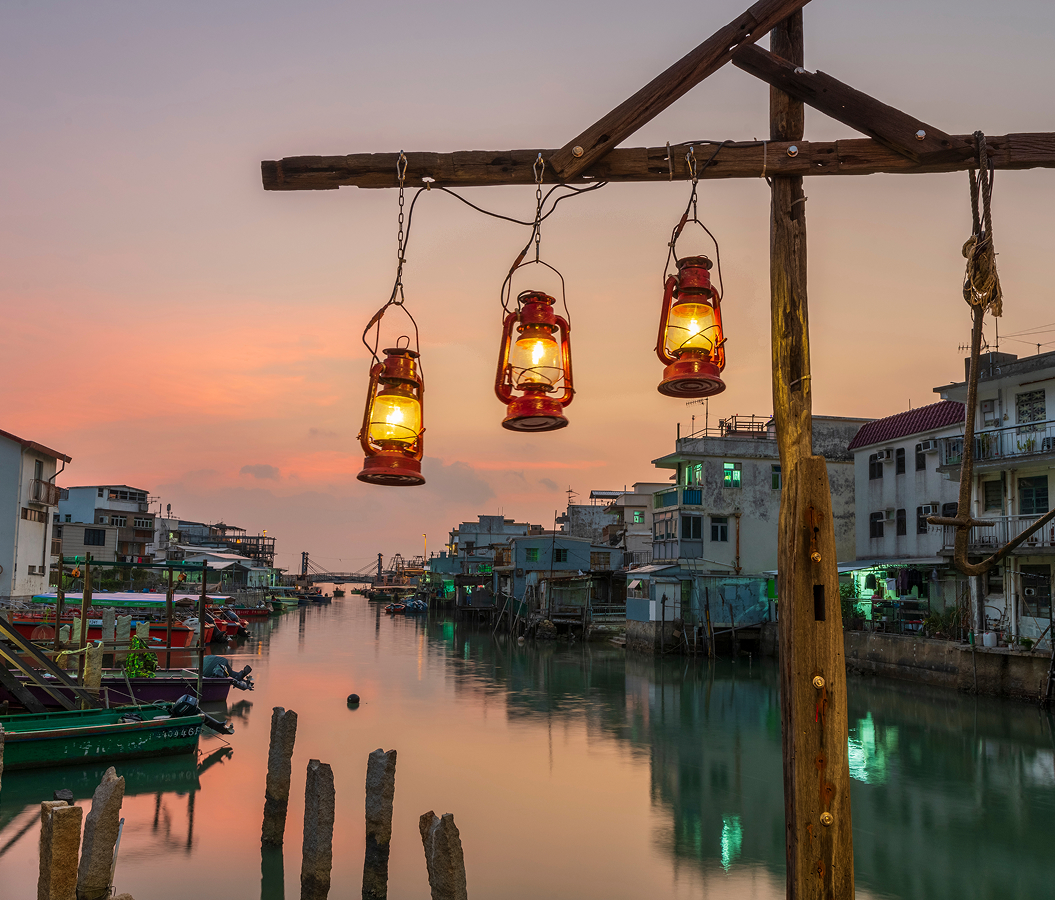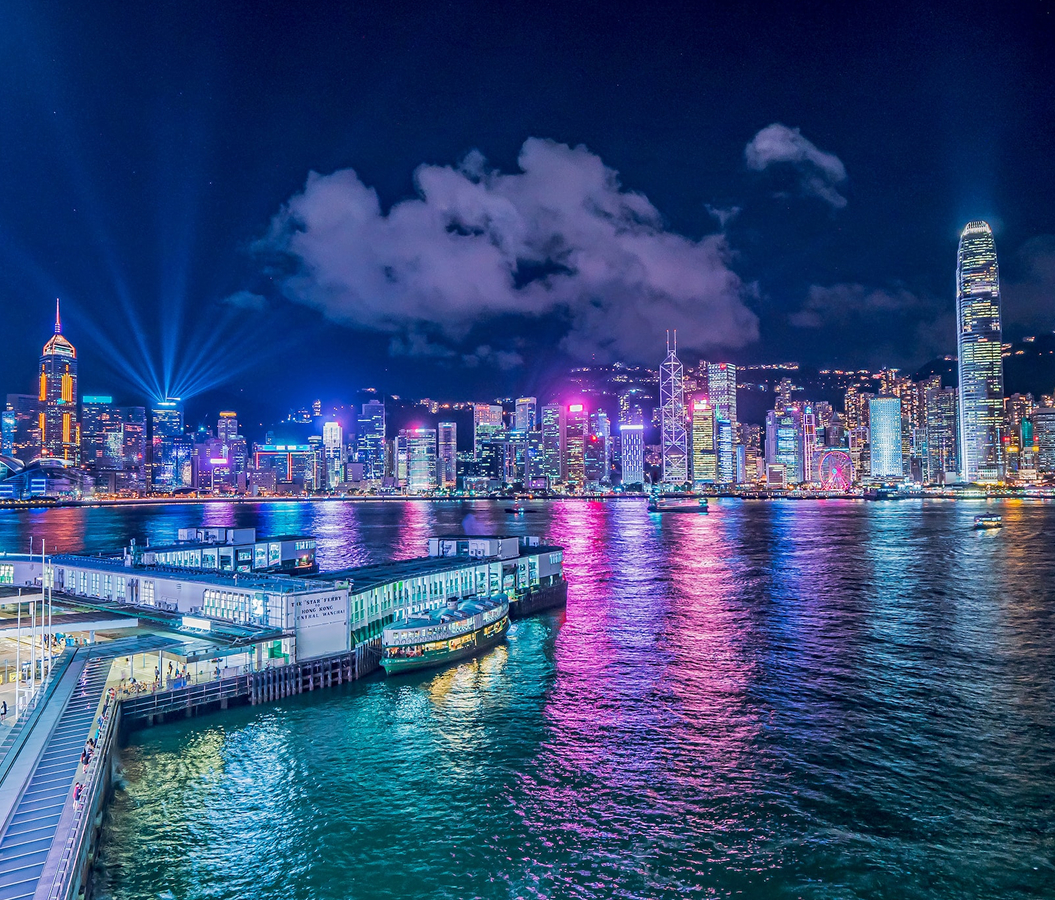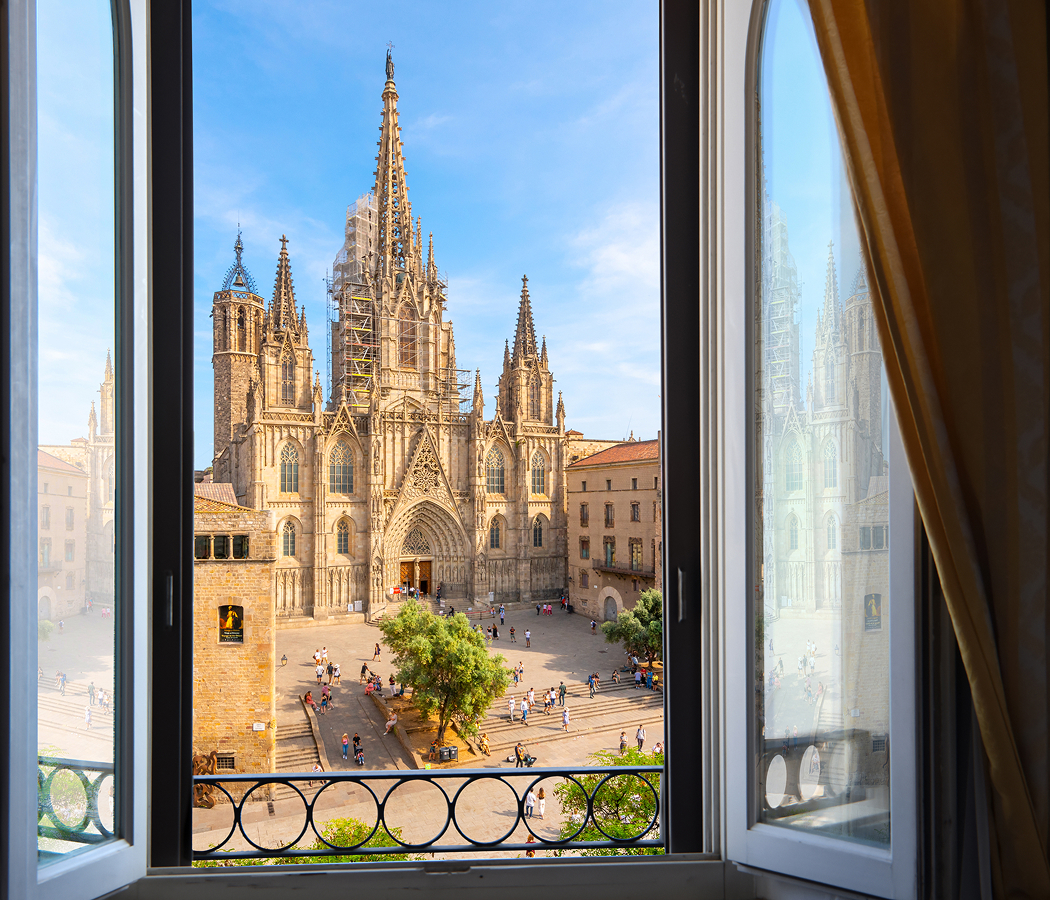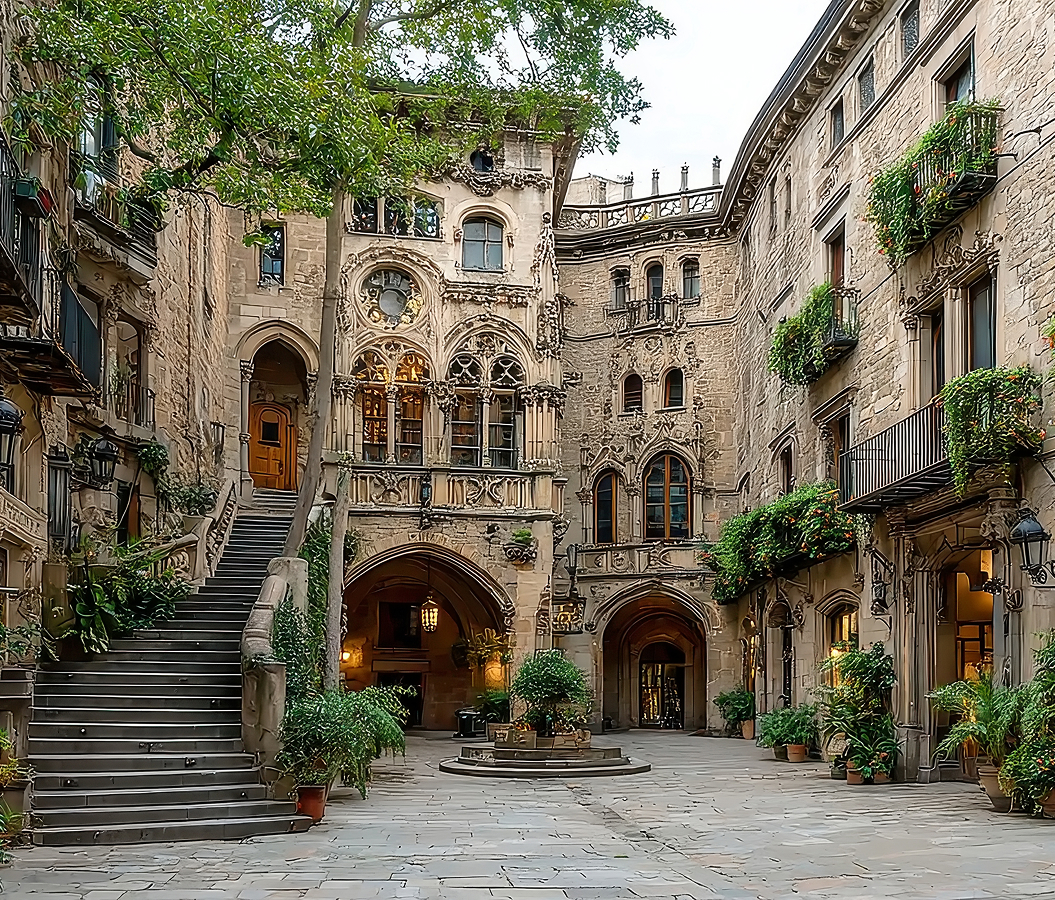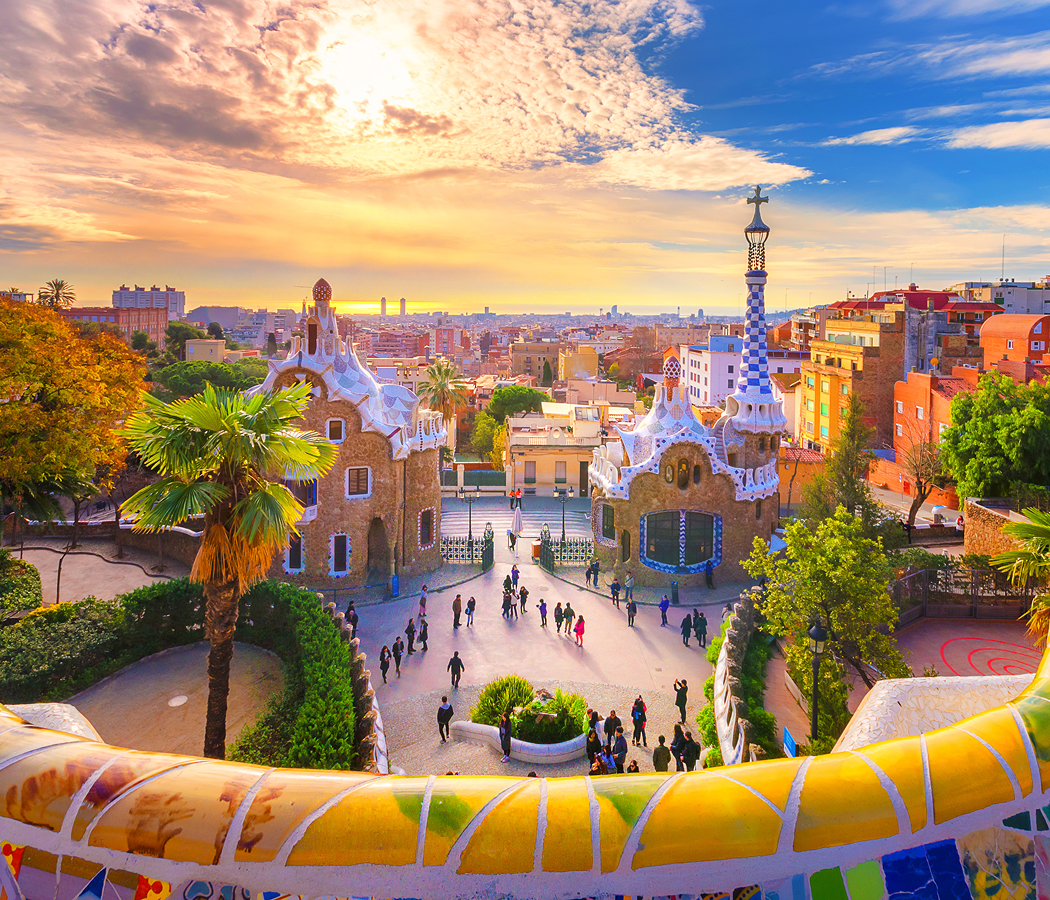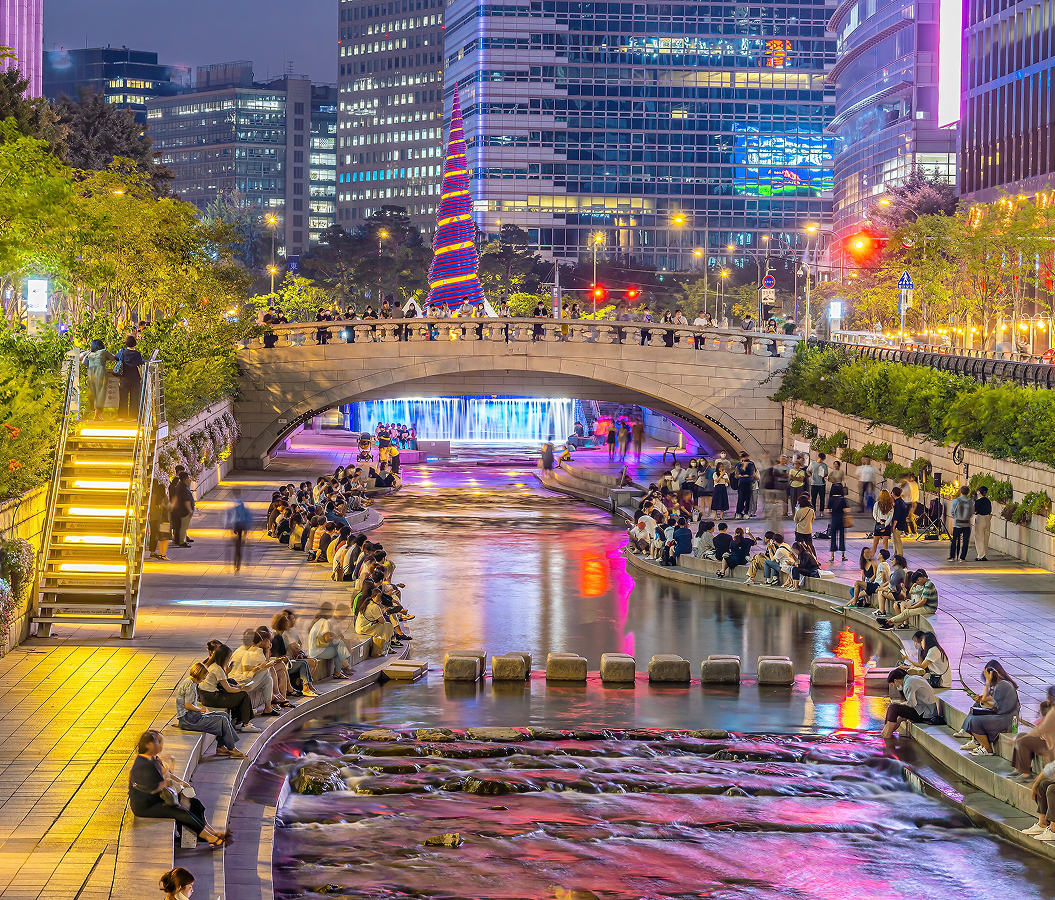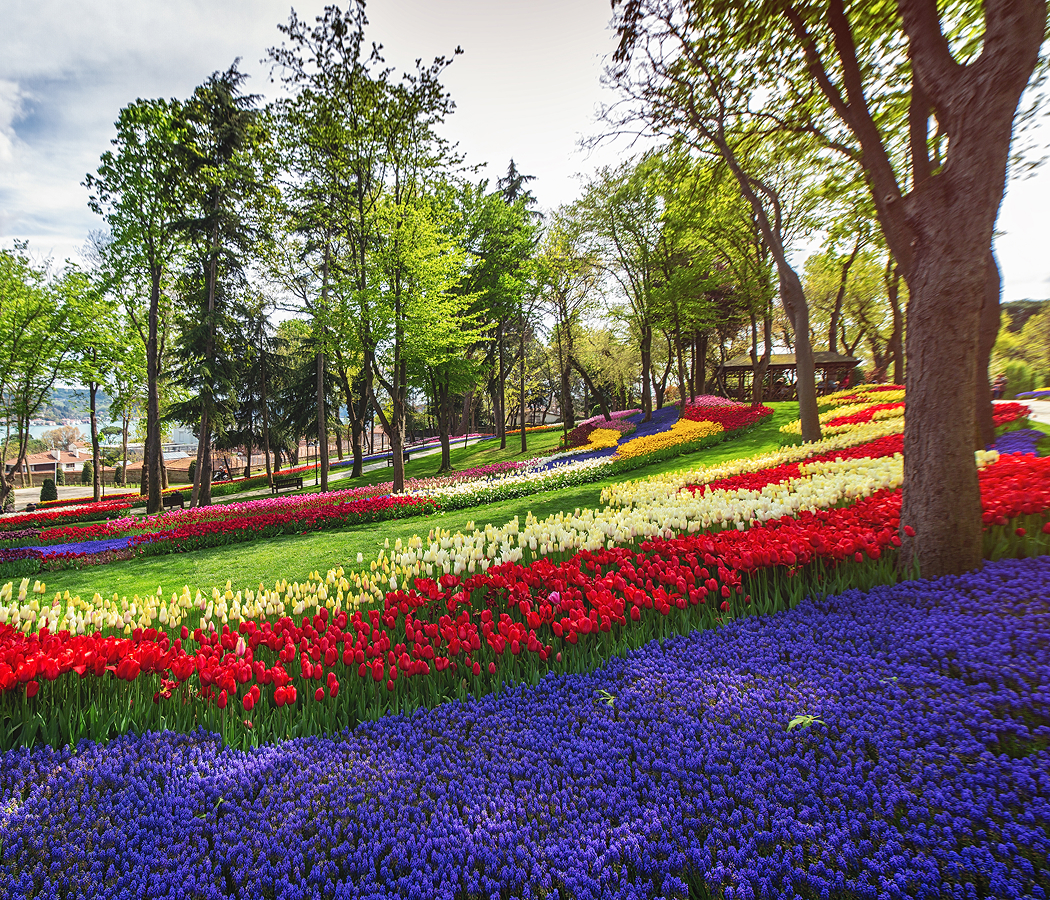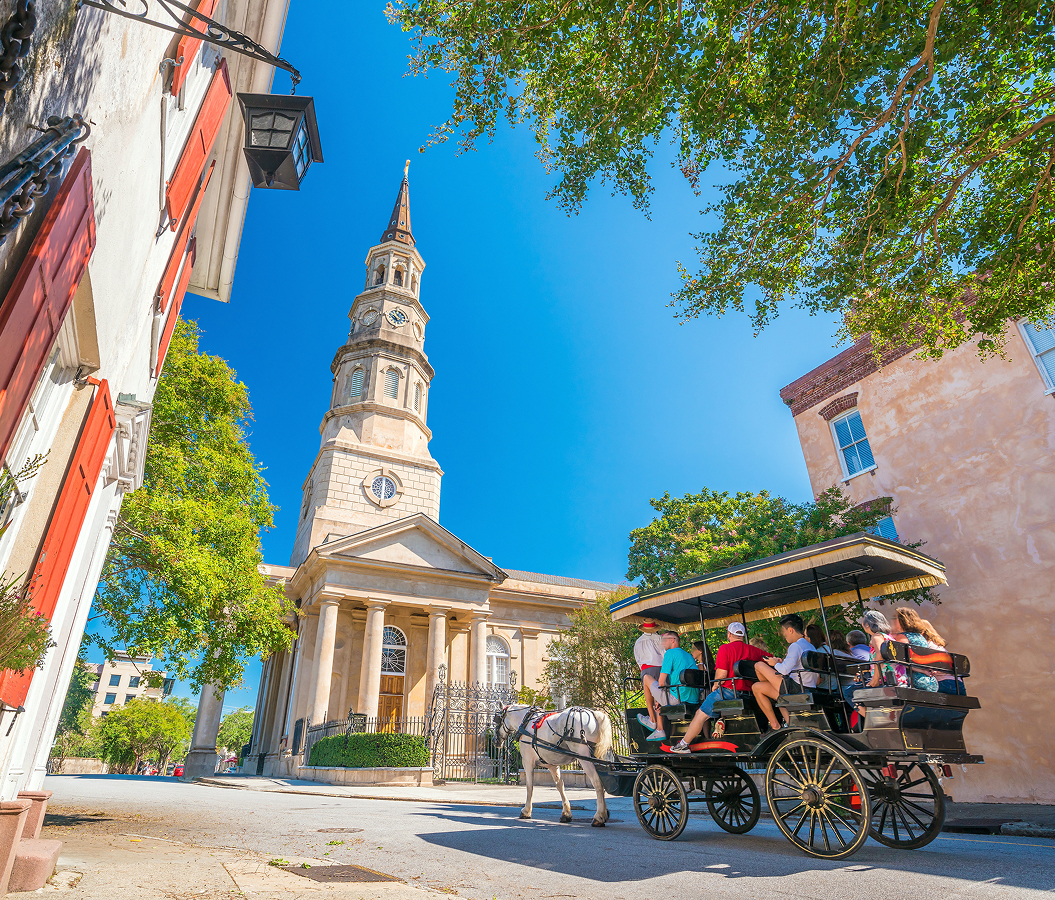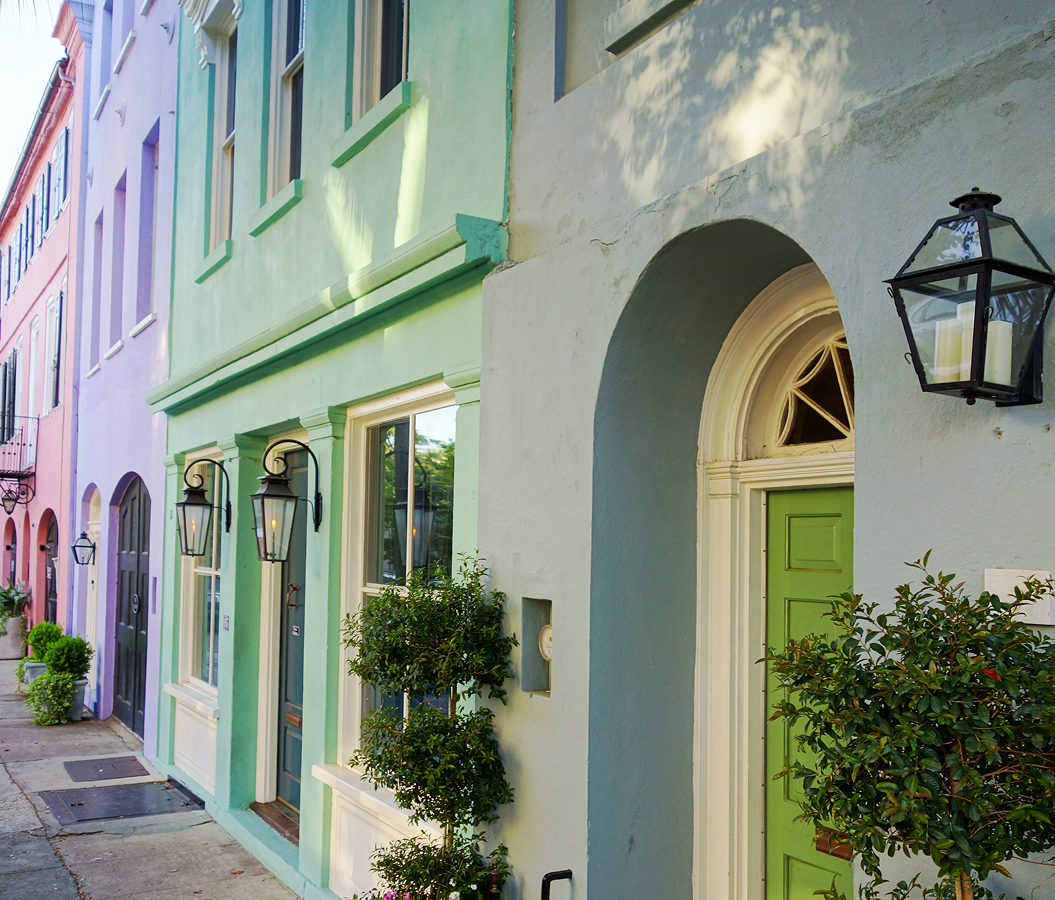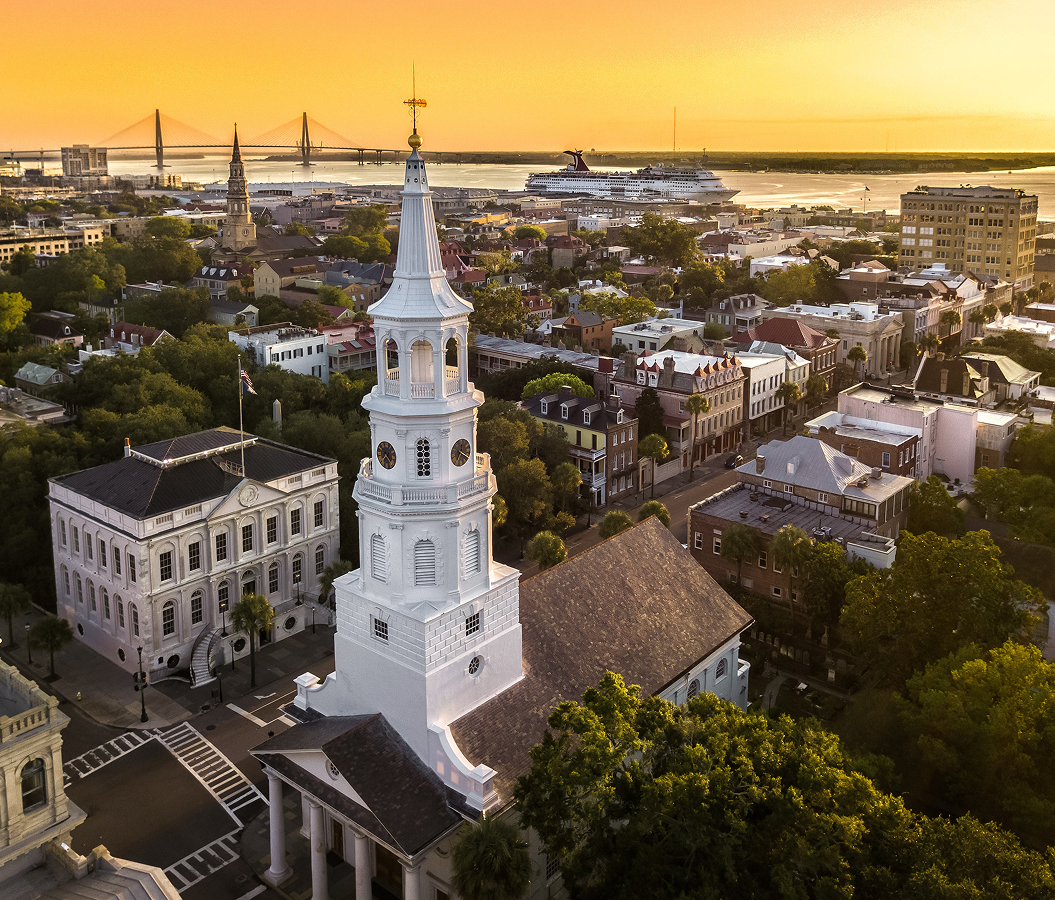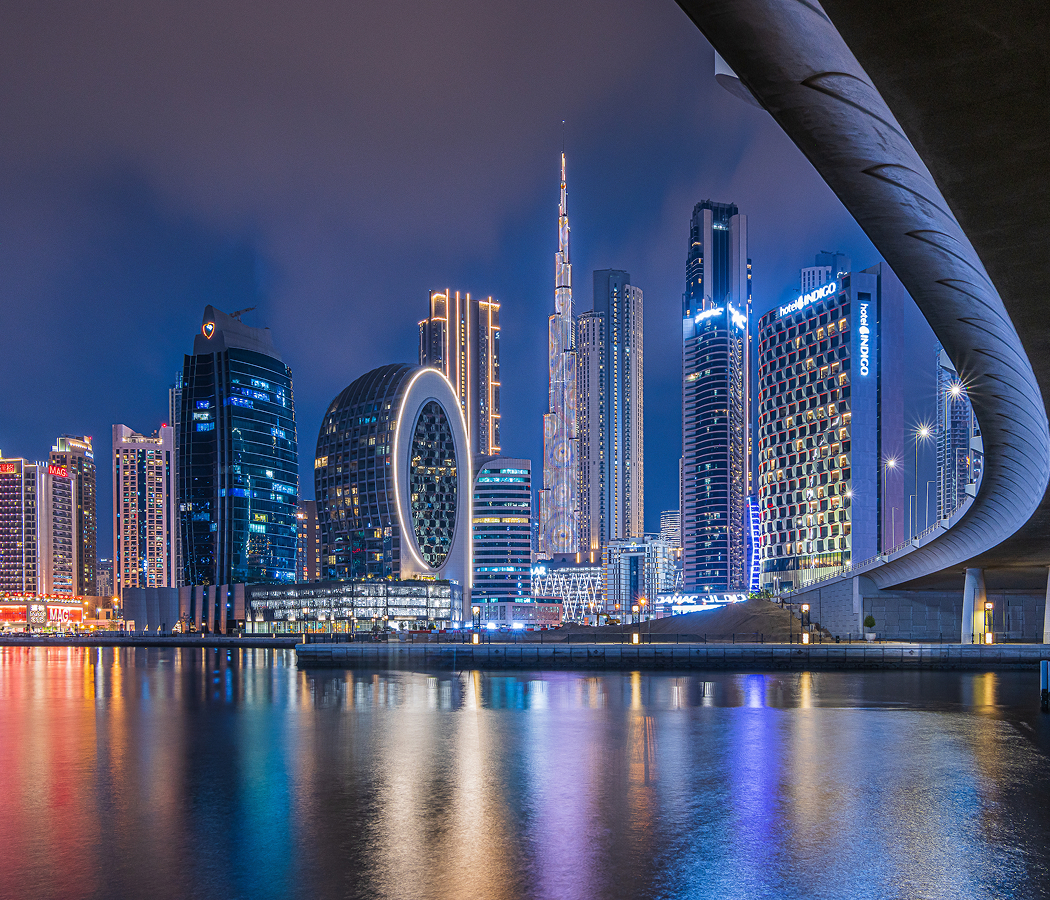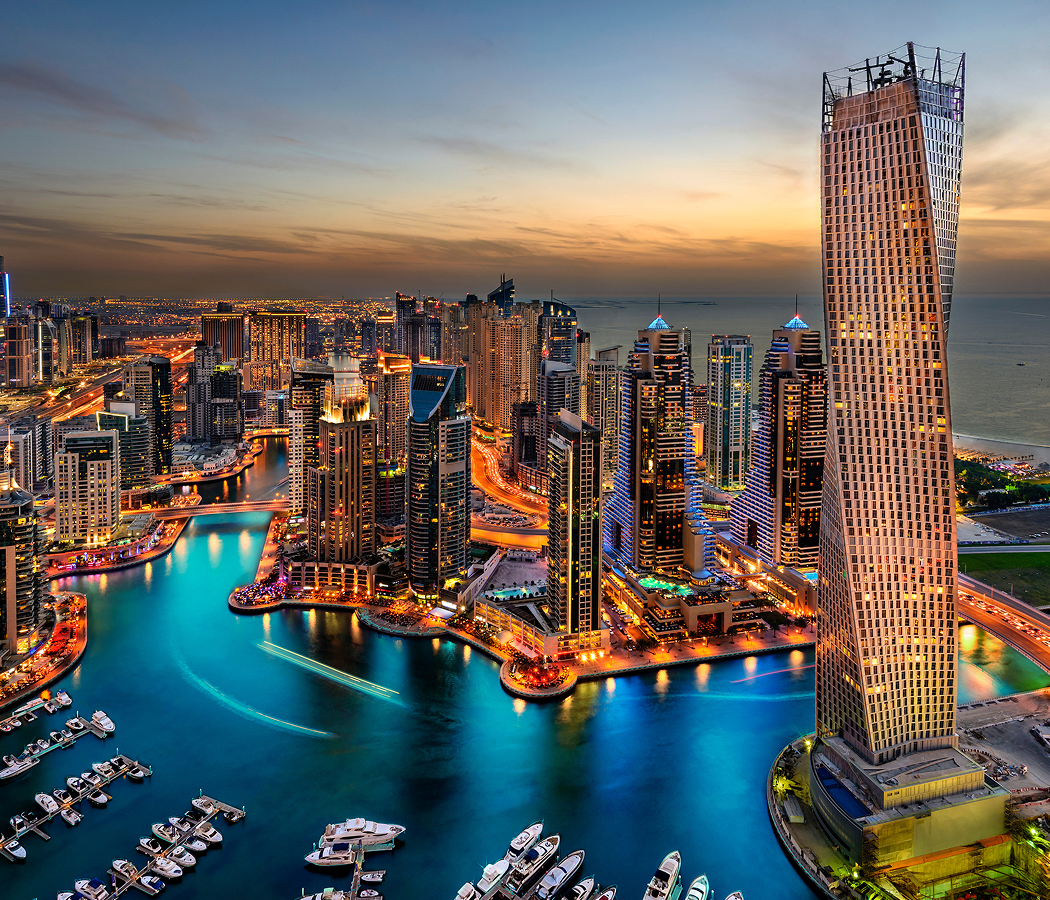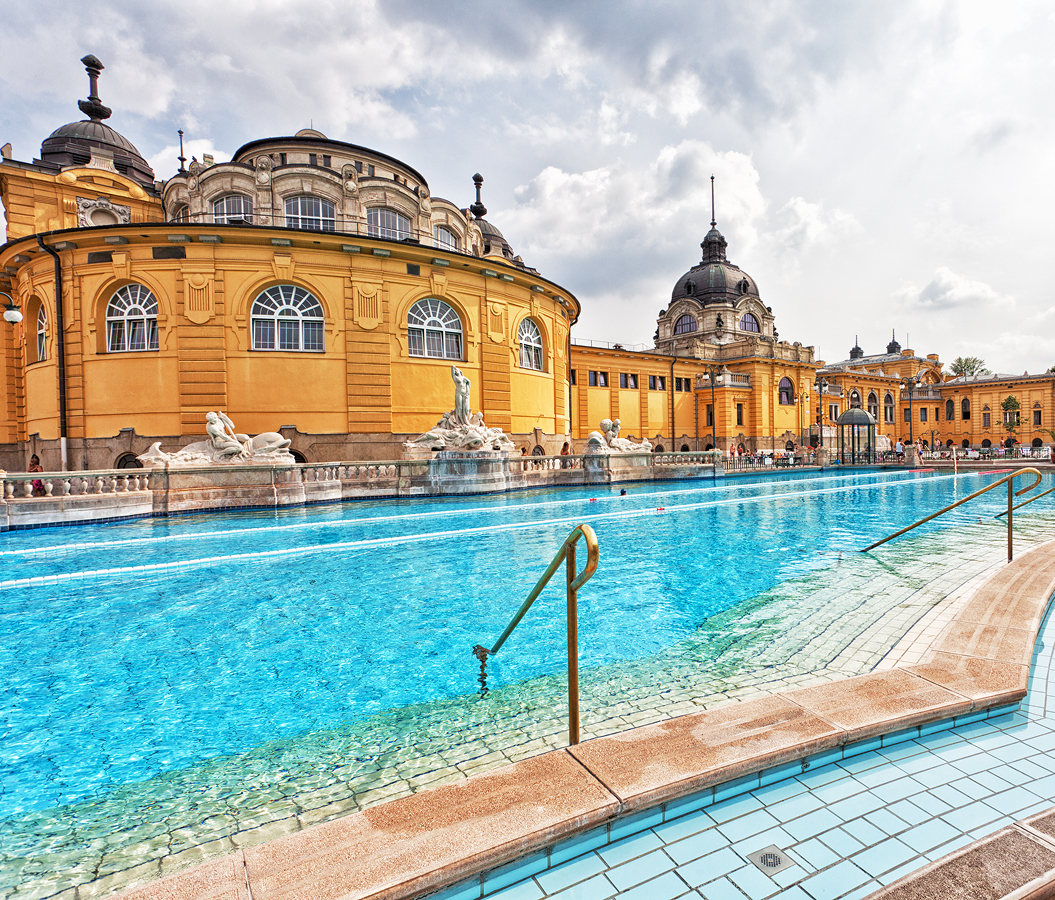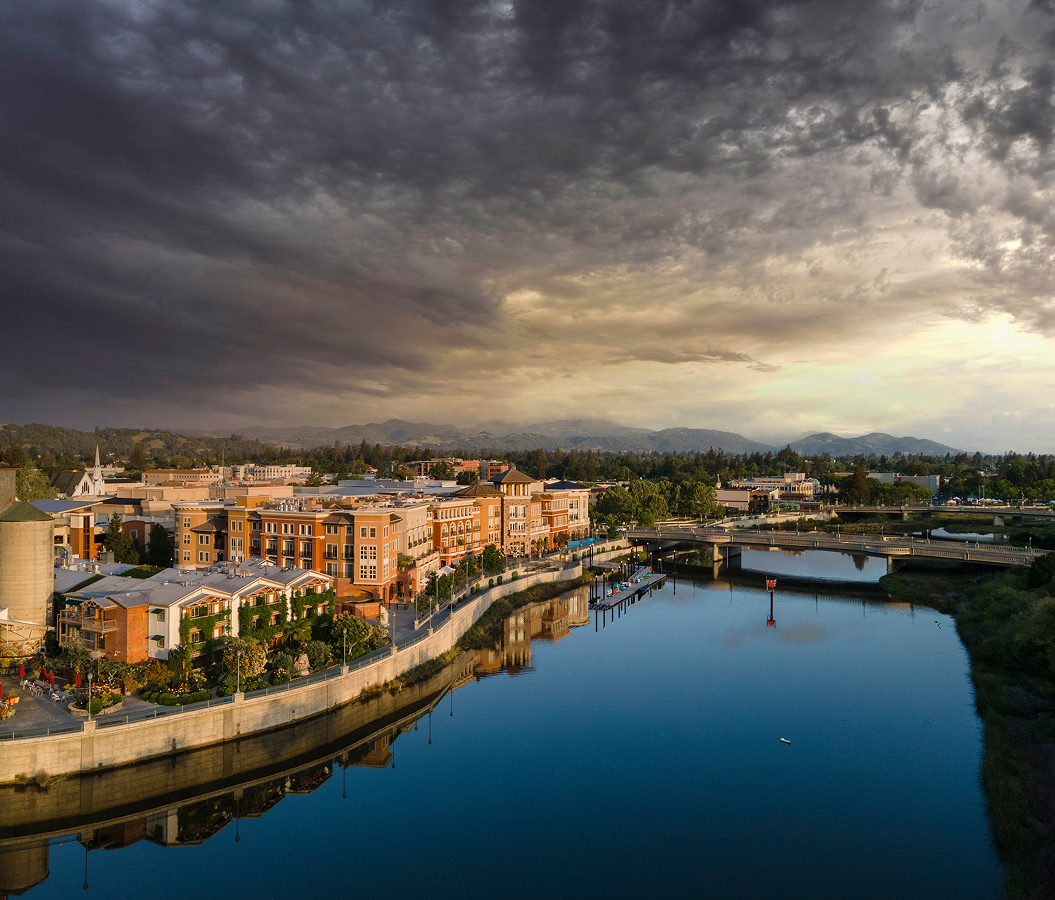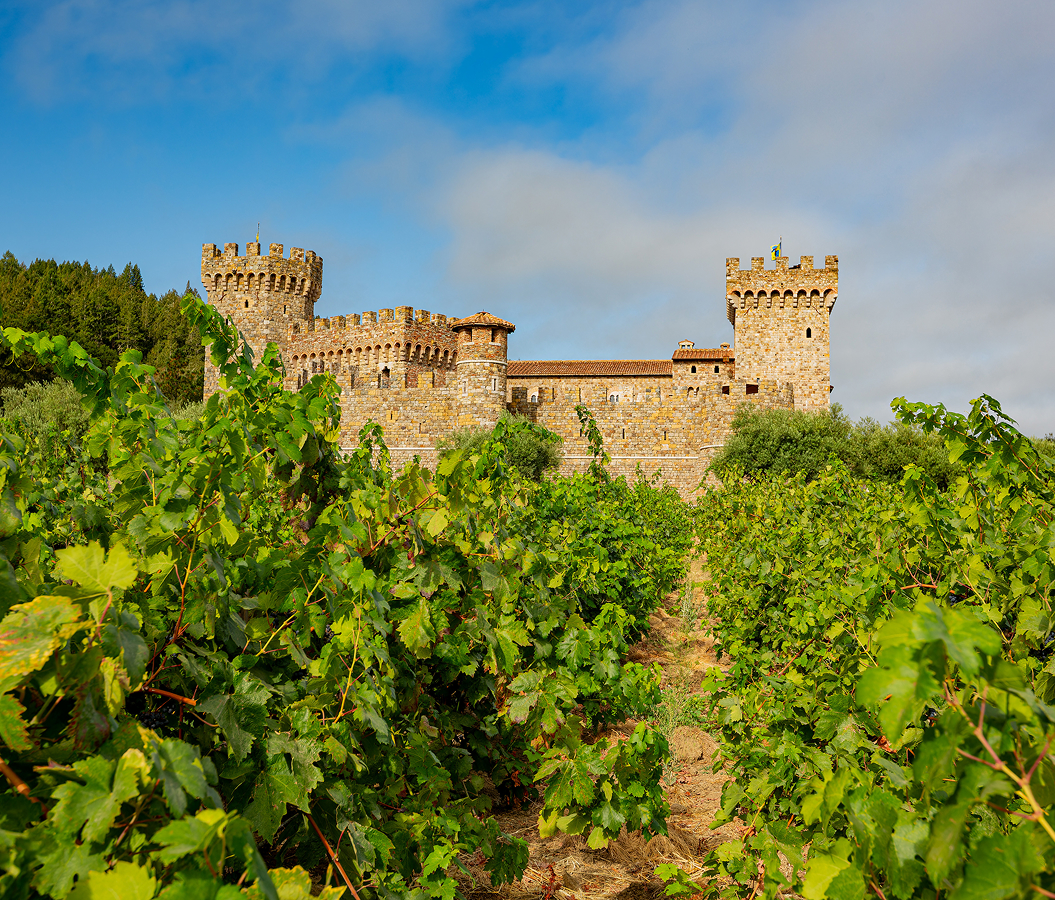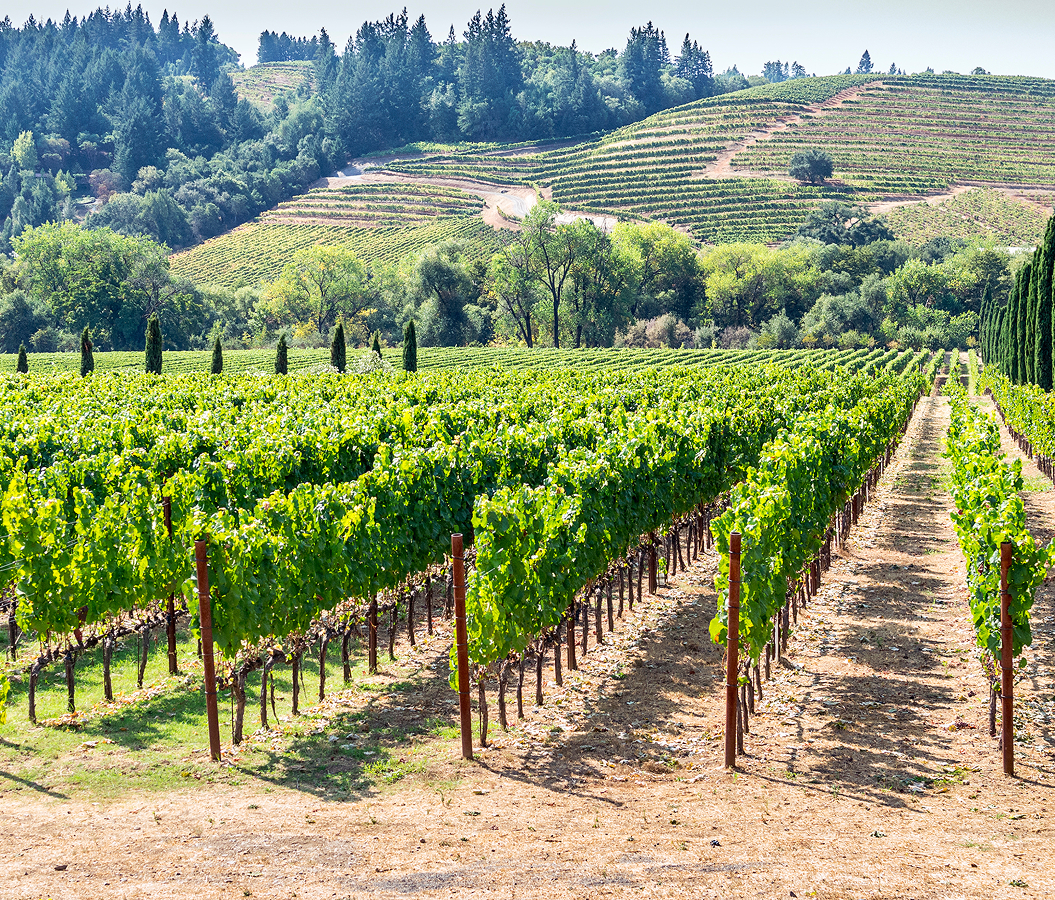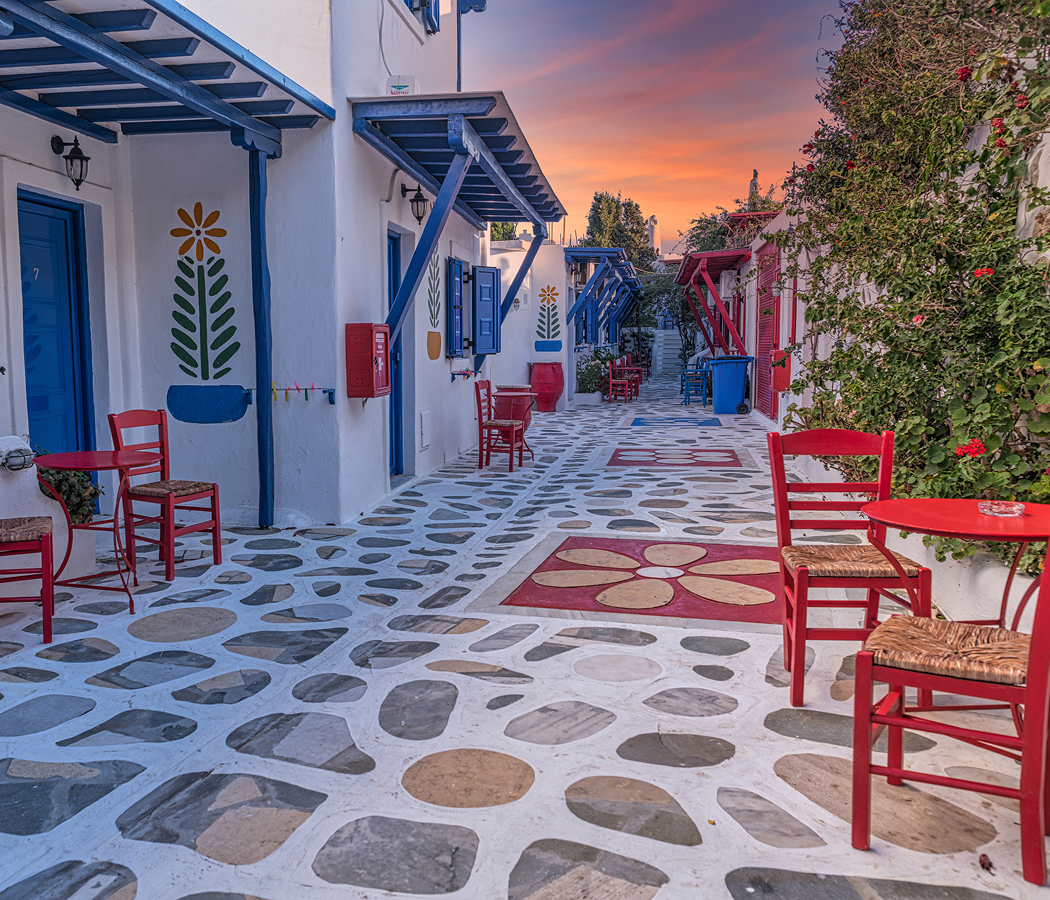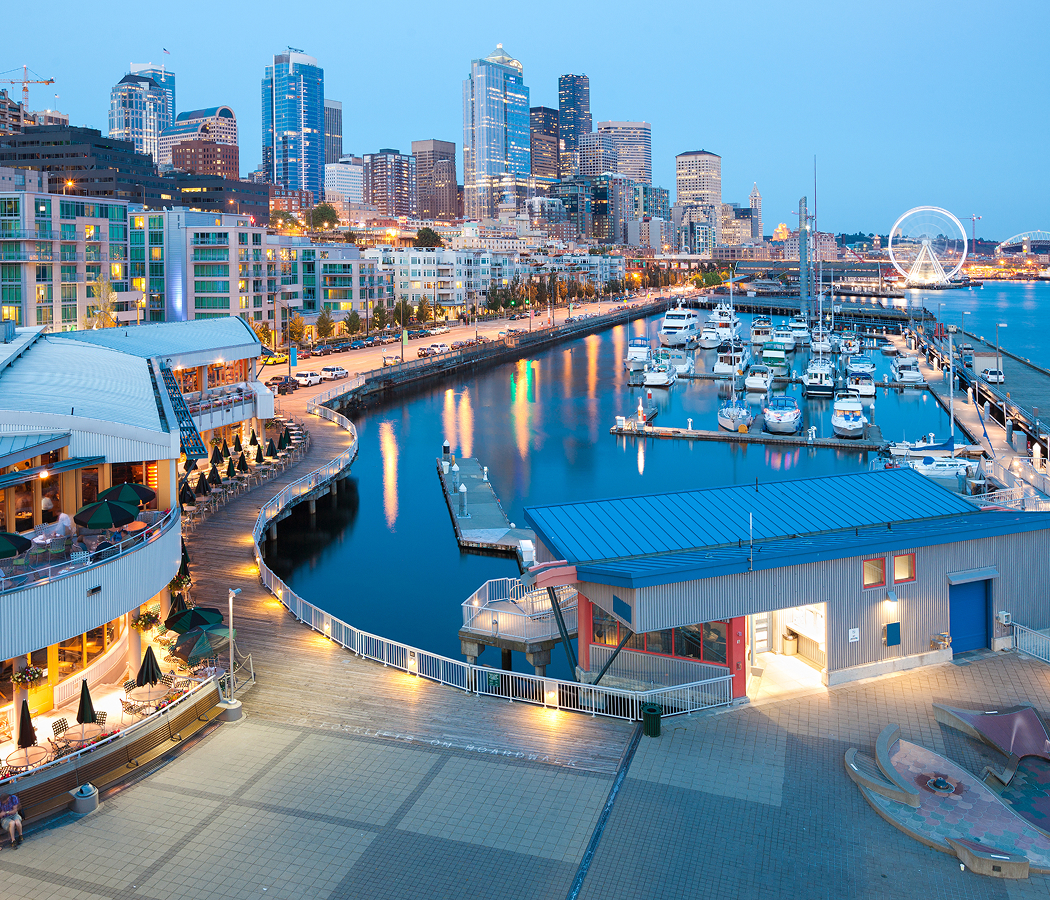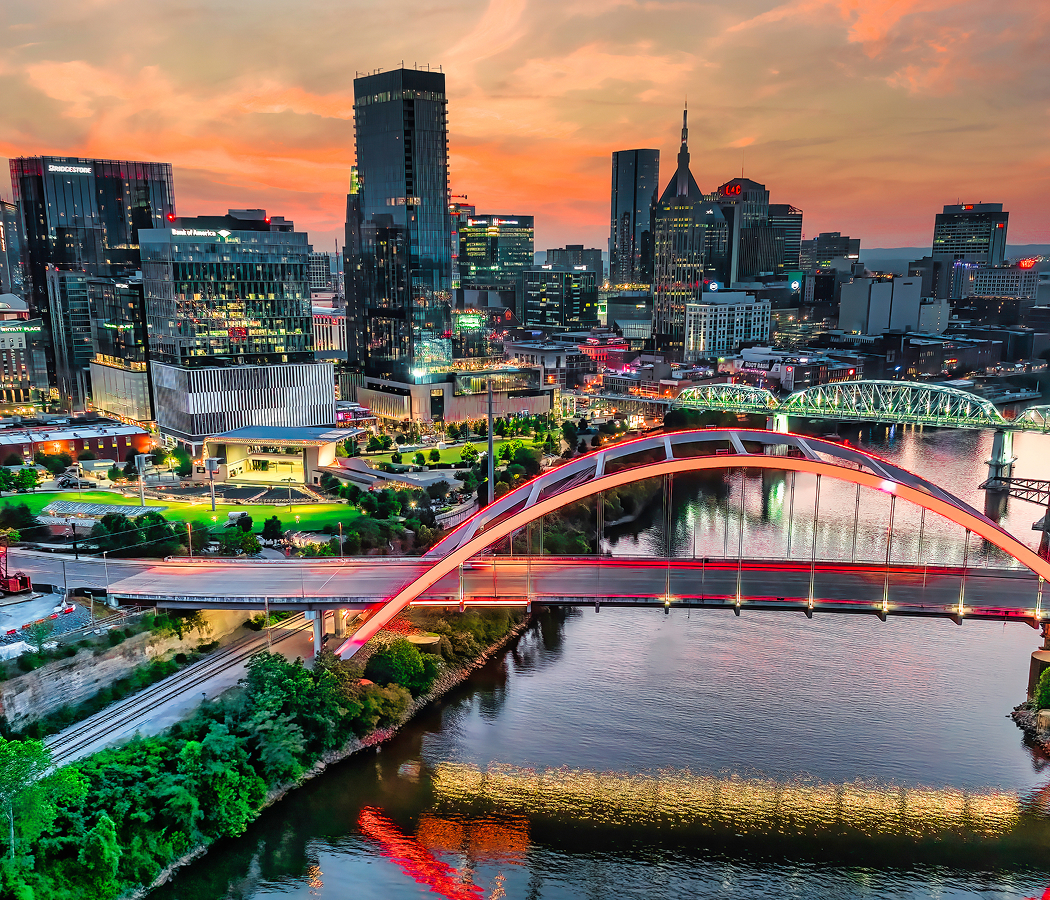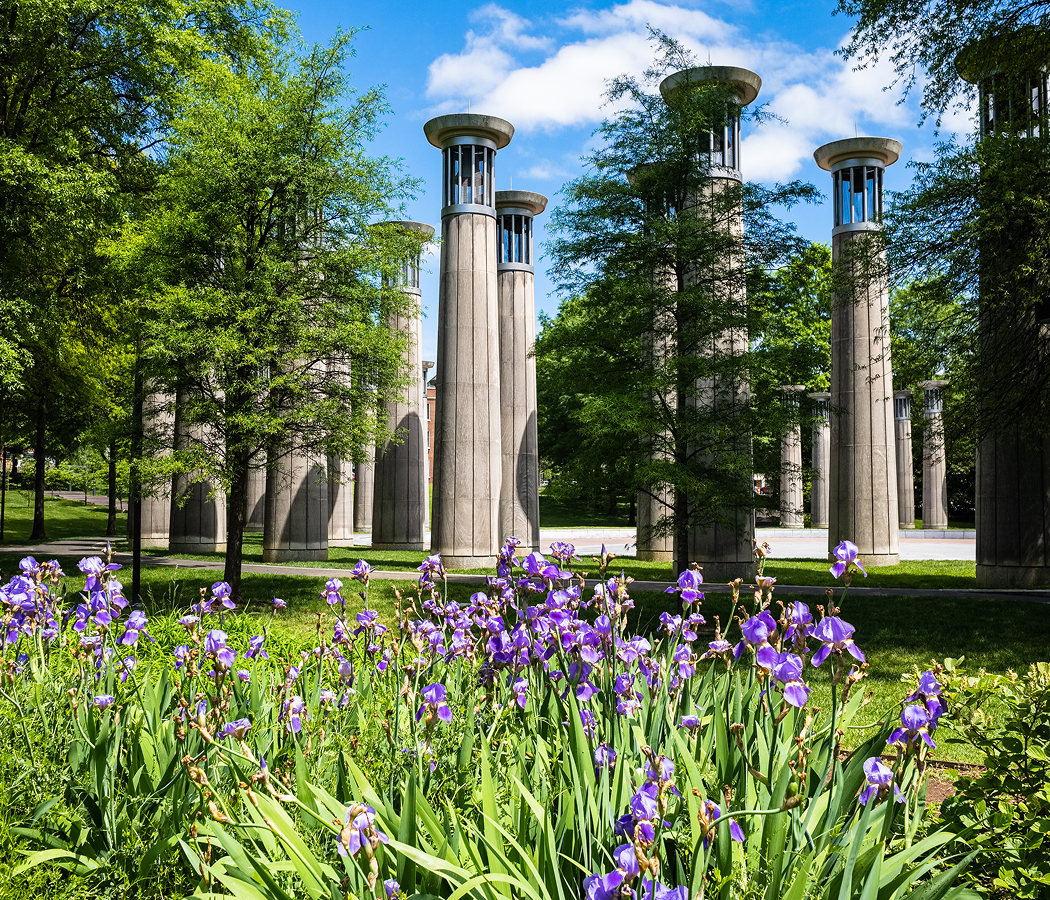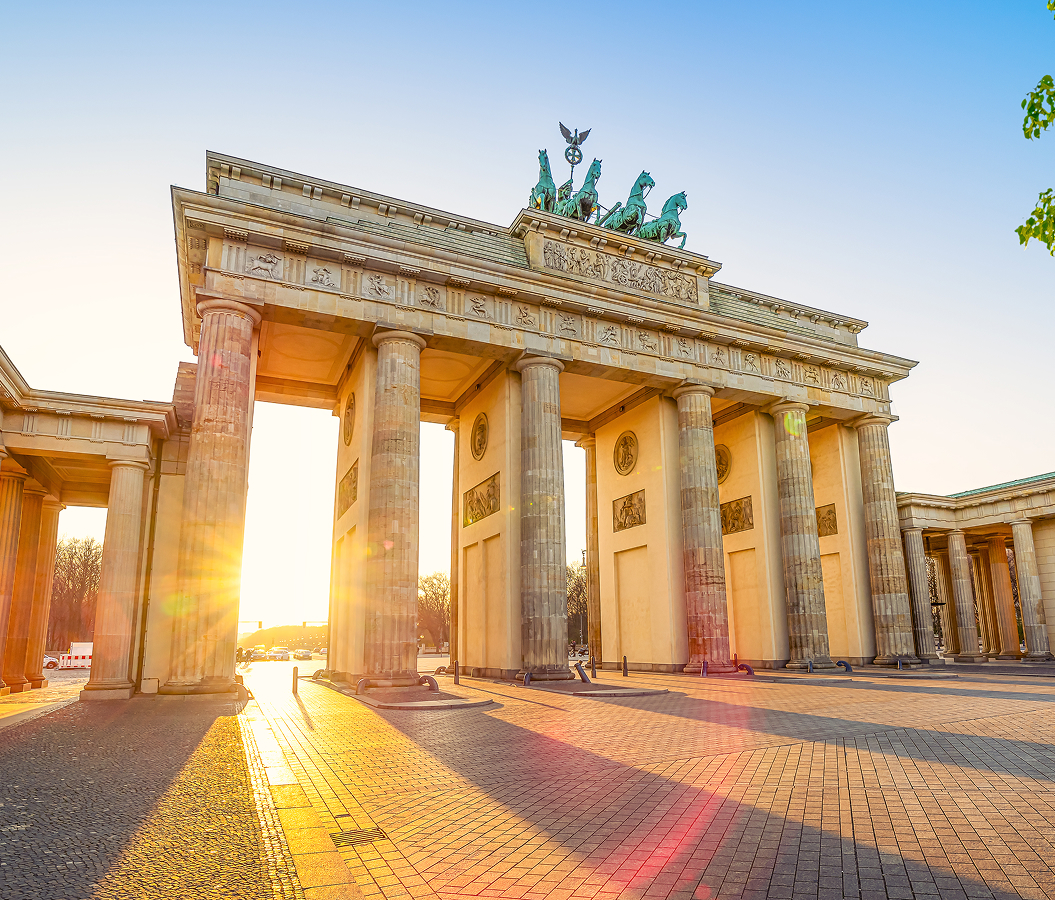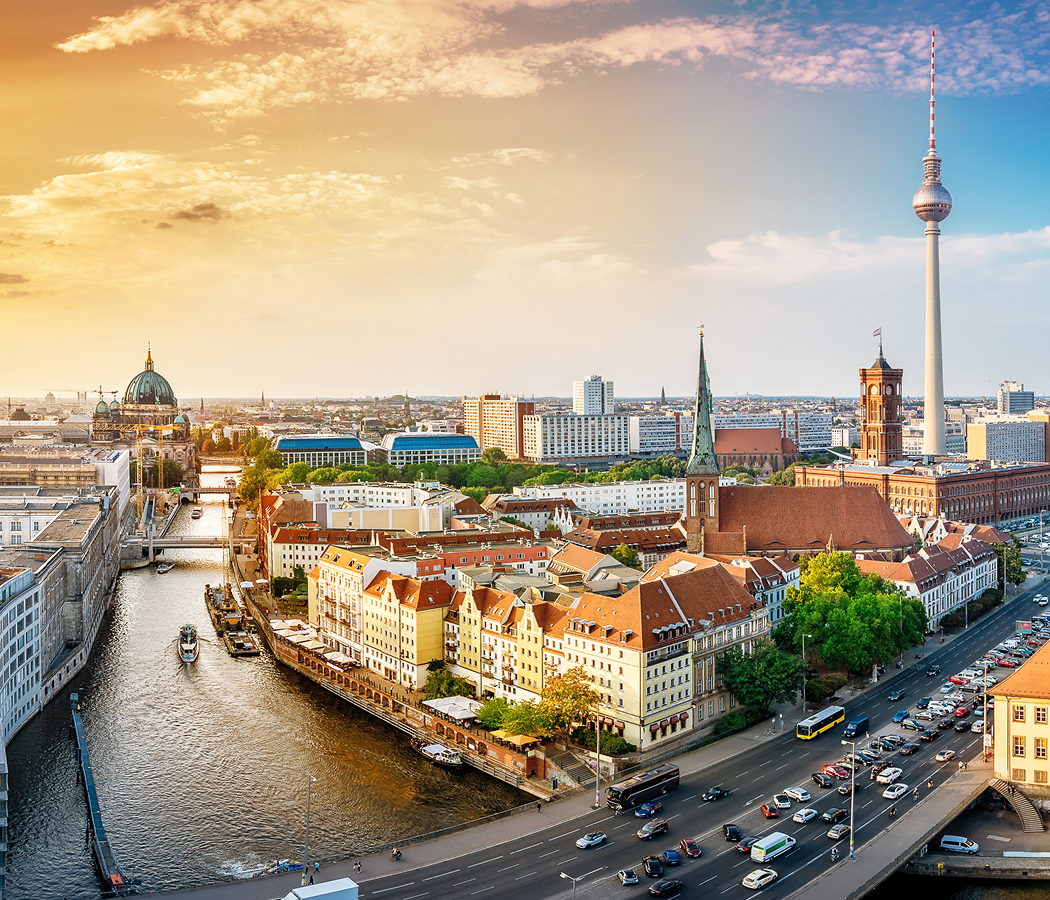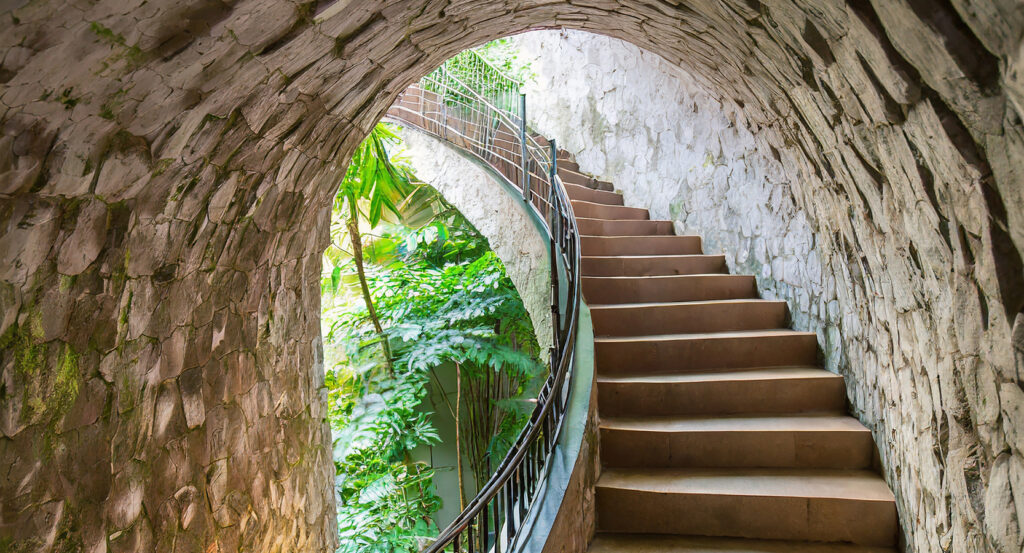
Why you should visit Sally Port Fort Canning Park.
Hidden within the dense, green heart of Fort Canning Park, the Sally Port reveals itself like a secret whispered between centuries — a narrow stone tunnel curving through the earth, once a lifeline between fortress and freedom.
Cool and shadowed, the passage feels worlds away from the tropical light outside. The walls, rough-hewn and mottled with moss, still bear the marks of British military engineering from the 1850s, when Fort Canning served as the crown’s hilltop stronghold. Soldiers once slipped through this very tunnel to reach the gun batteries overlooking the harbor — or, in darker hours, to retreat unseen. Today, as you walk its dim curve, the echo of your footsteps becomes its own quiet drumbeat. The air smells of stone and history, touched with humidity and memory. At the far end, a burst of sunlight greets you, framed by vines and banyan roots reclaiming the hill. The Sally Port isn’t grand, but it doesn’t need to be — its power lies in intimacy, in the simple act of stepping where others once slipped silently between war and wilderness.
What you didn’t know about Sally Port Fort Canning Park.
What most travelers never realize is that the Sally Port is one of Fort Canning’s most evocative survivors — a remnant of a fortress that was itself built atop layers of far older history.
When the British constructed Fort Canning in 1859, they transformed what was already sacred ground. Long before cannons lined the ridge, this hill — known as Bukit Larangan, or the “Forbidden Hill” — was home to the palaces and tombs of Malay kings. The British saw its strategic height; the Malays saw its ancestral heart. The Sally Port, designed as a discreet escape or reinforcement route, bridged both worlds: the colonial need for control and the hill’s quiet defiance against it. During World War II, it was again used by soldiers — not for glory, but survival — when Japanese bombardments turned the hill into chaos. After the war, when the fort fell into ruin, the tunnel remained, half-swallowed by vegetation but untouched by time. Today, restored and lit with a faint amber glow, it stands as a rare architectural survivor — a symbol of resilience carved into the very bones of Singapore’s most storied hill.
How to fold Sally Port Fort Canning Park into your trip.
To fold the Sally Port into your Singapore journey, explore it like a whispered chapter rather than a landmark.
Enter the park from Hill Street or River Valley Road and follow the heritage trail signs that wind upward through the banyans and frangipani trees. When you find the tunnel’s stone arch, pause — let your eyes adjust to the dimness, your breath to the cool. Walk slowly through the corridor, feeling the weight of the hill above and the hush of the past around you. On the other side, light spills out onto a secluded path — a perfect contrast, as though the park itself is exhaling after centuries of secrets. From there, continue your climb to the Fort Gate or the Archaeological Dig Site, where shards of ancient pottery tell an even older story. Or, simply linger in the quiet, listening to the birds and the faint hum of the city below. The Sally Port isn’t about spectacle; it’s about discovery — proof that Singapore’s history still hides in plain sight, waiting for those who walk softly enough to hear it.
Hear it from the Foresyte community.
“You know a place is old when it’s been a palace, a fort, and a concert venue. It was cool to eat a sandwich where generals once argued over war plans.”
Where meaningful travel begins.
Start your journey with Foresyte, where the planning is part of the magic.
Discover the experiences that matter most.

